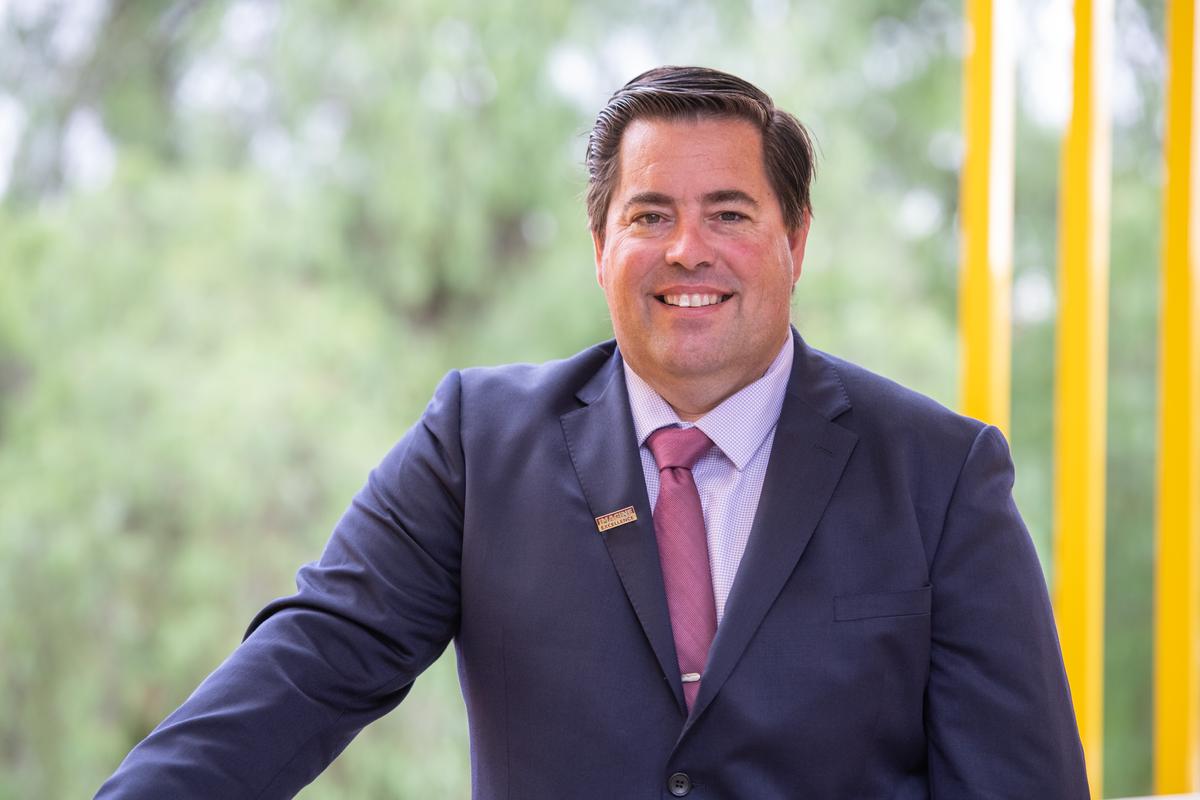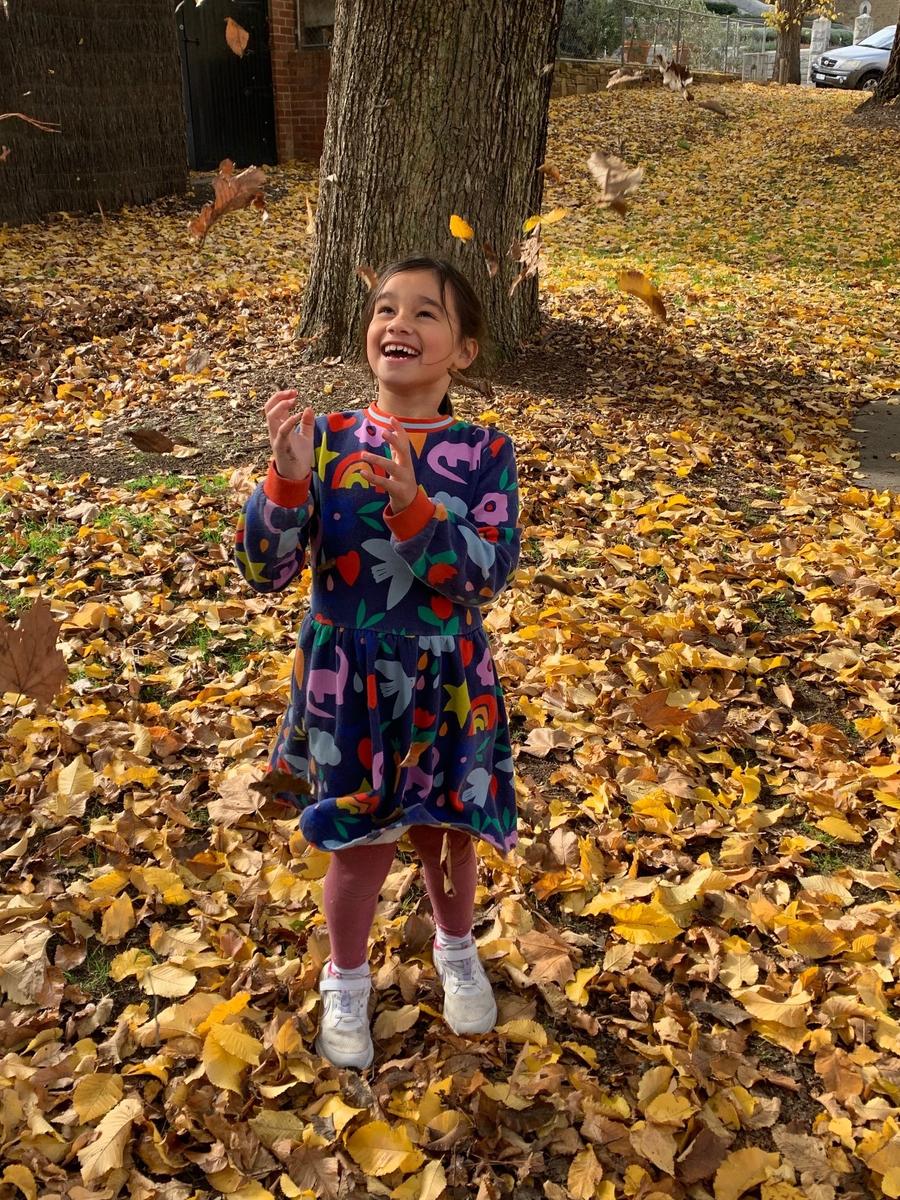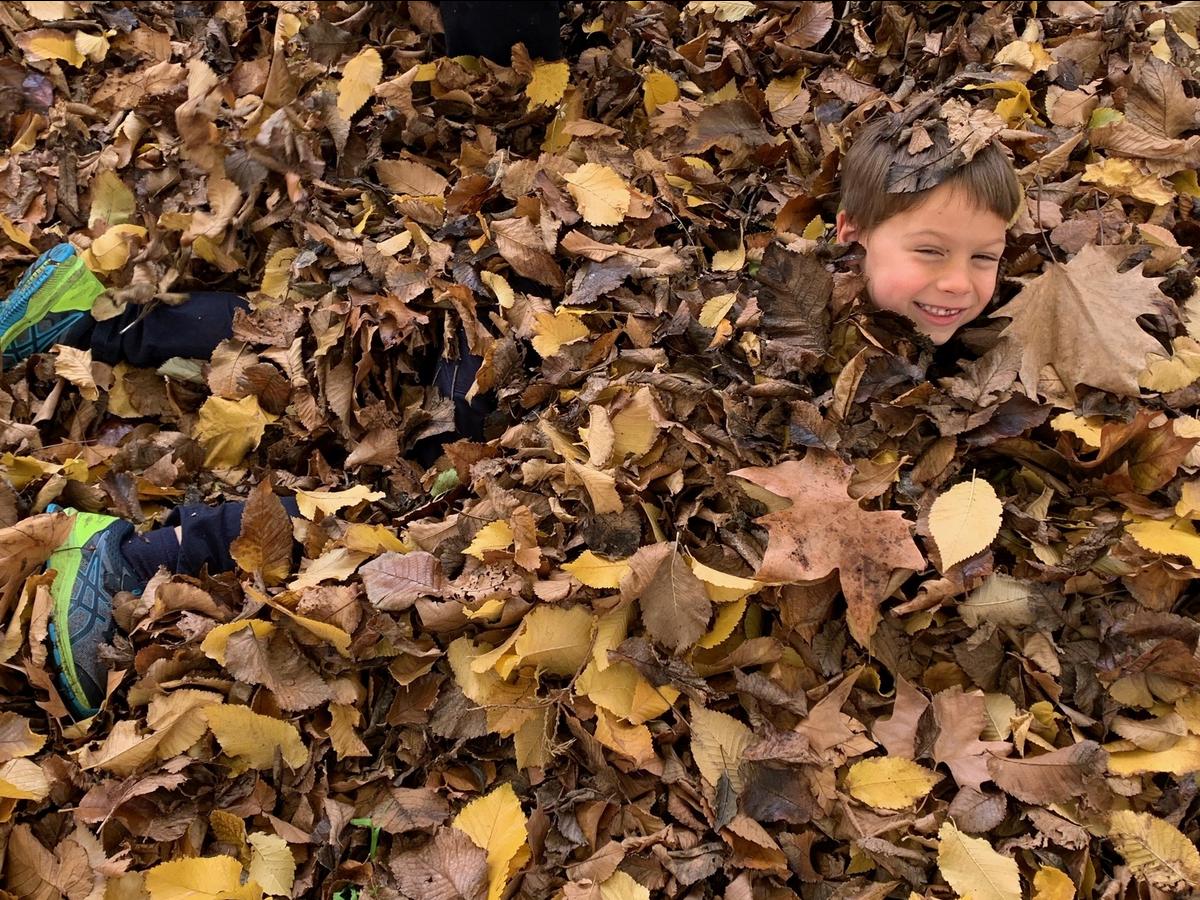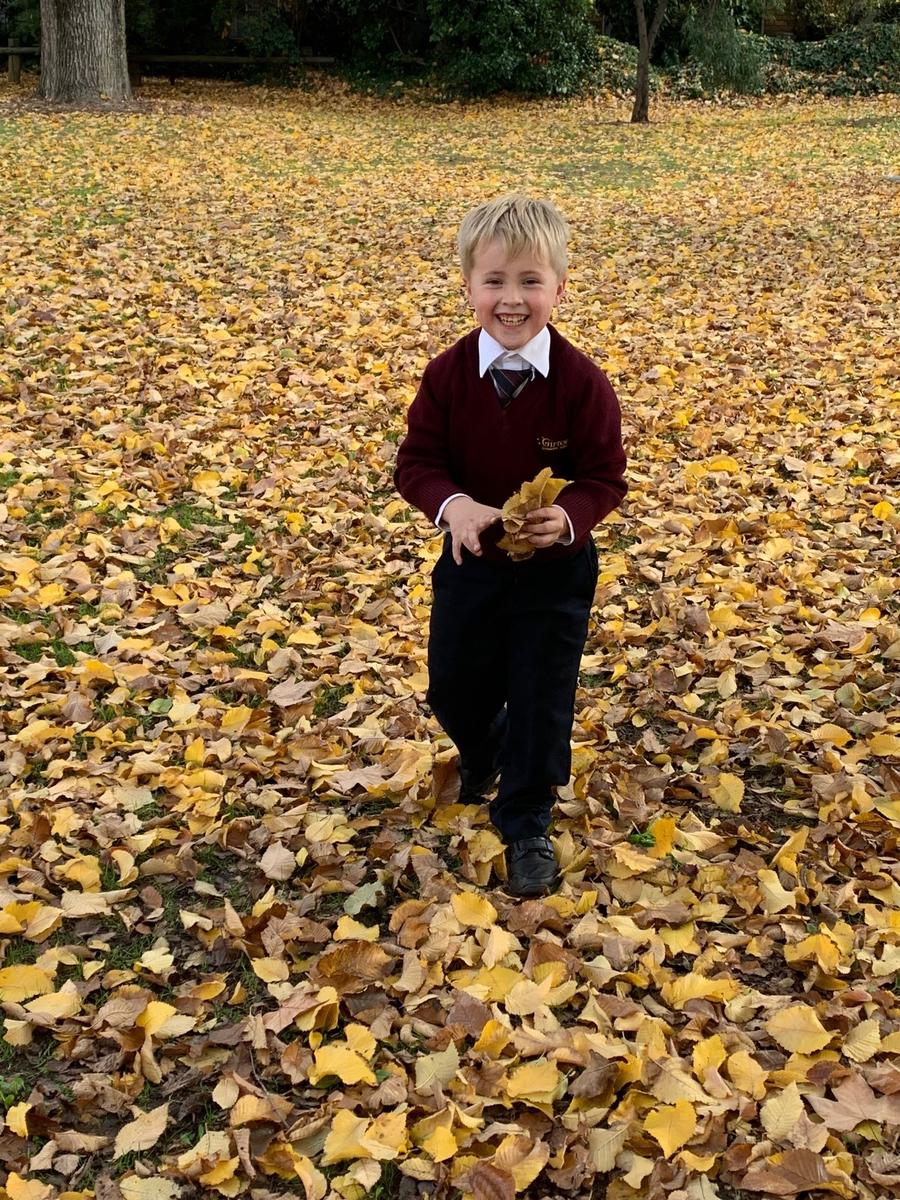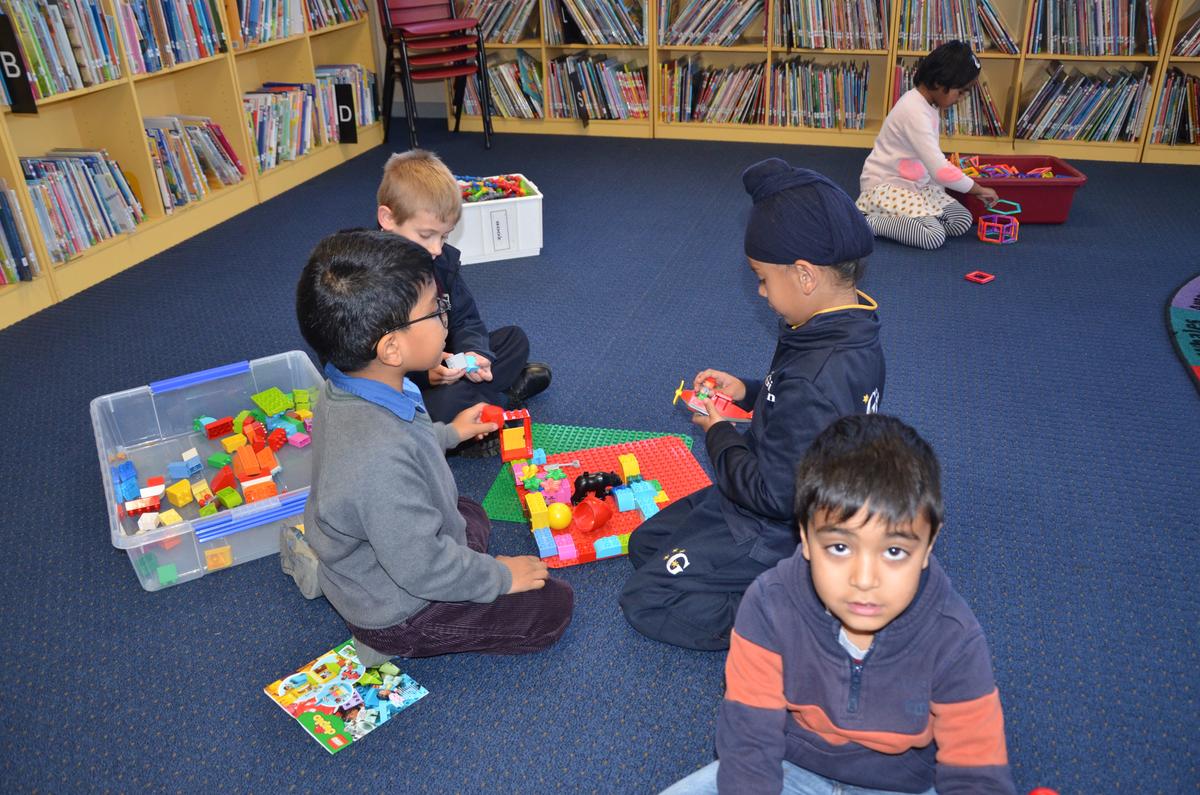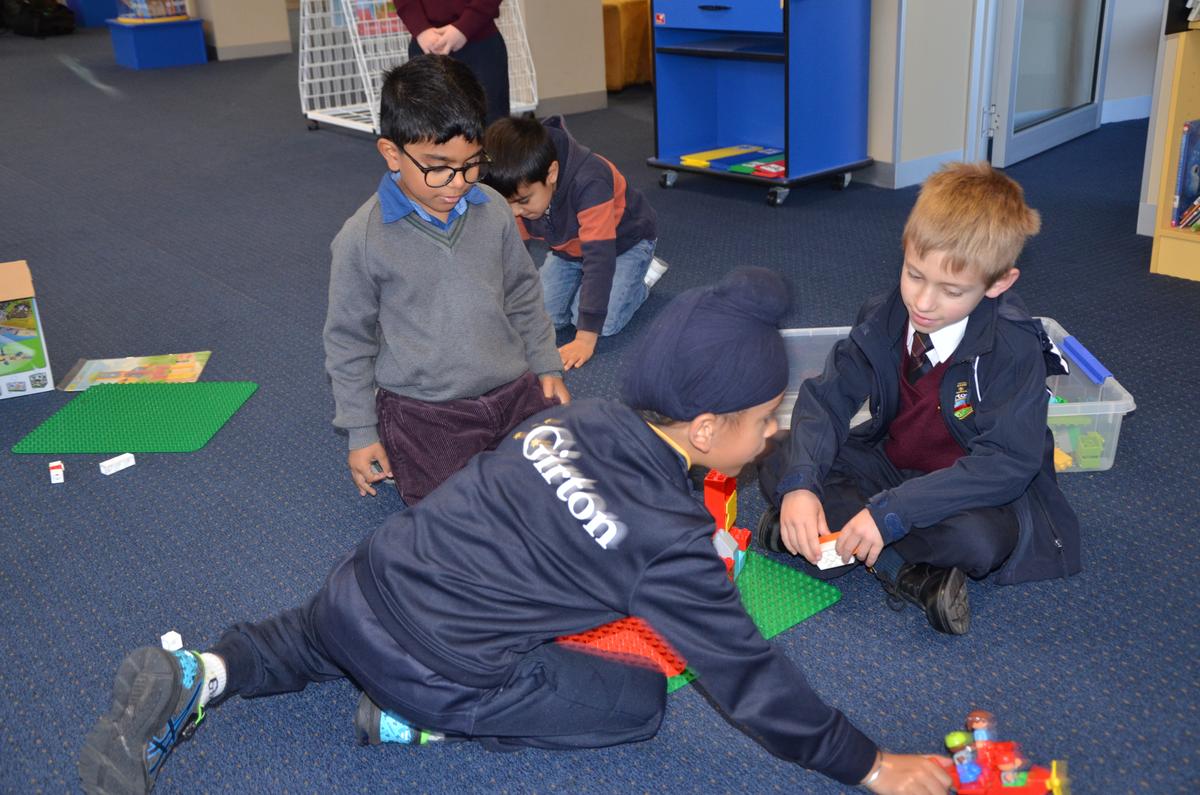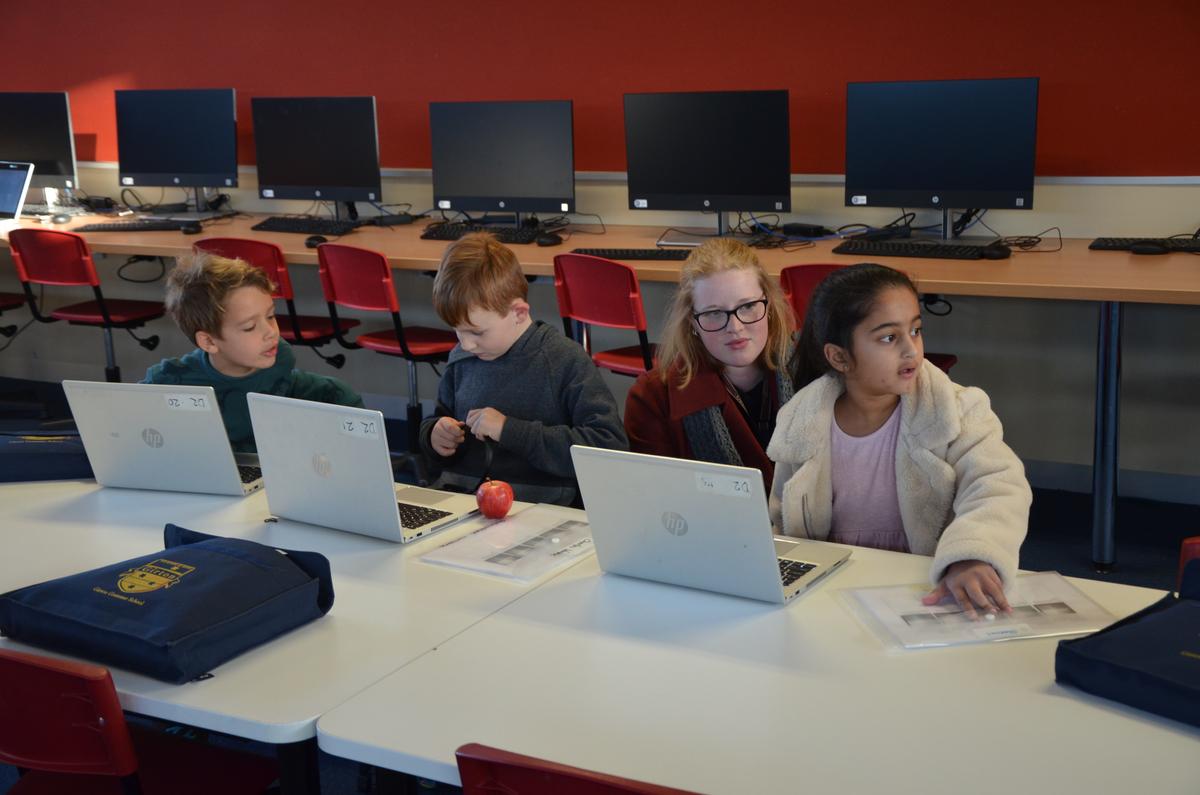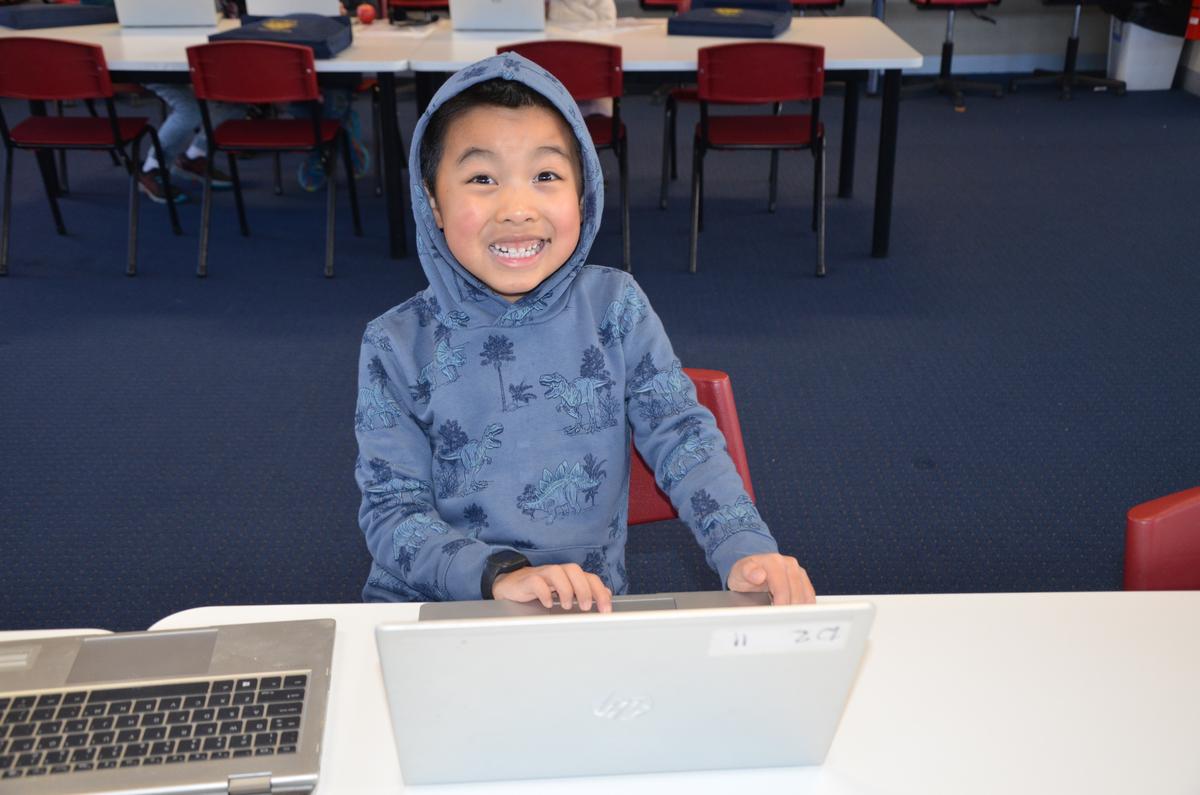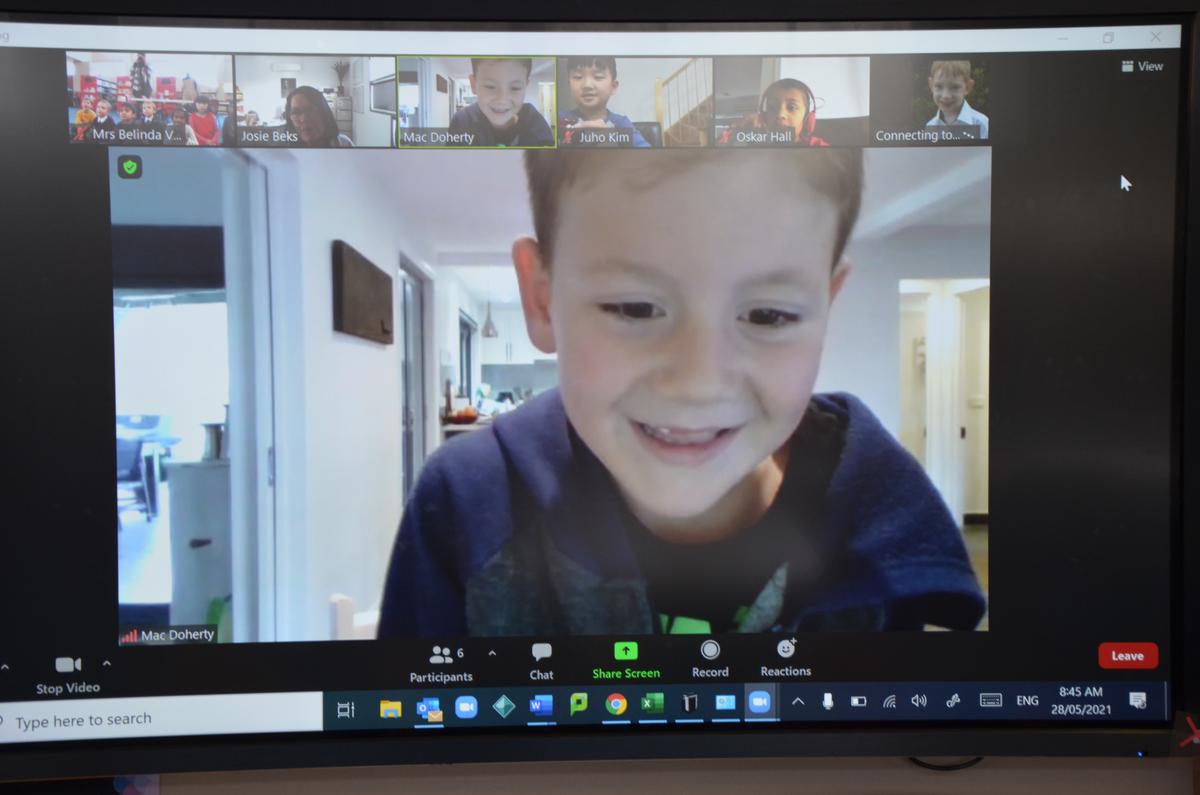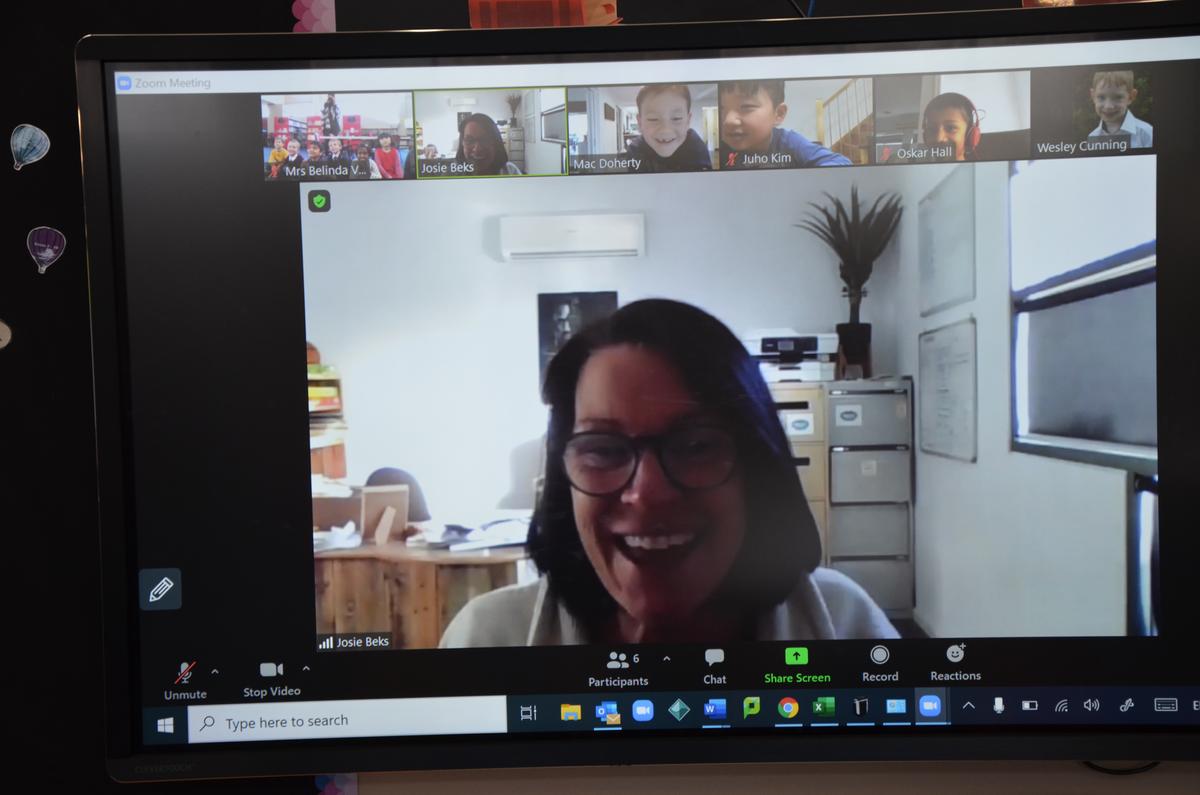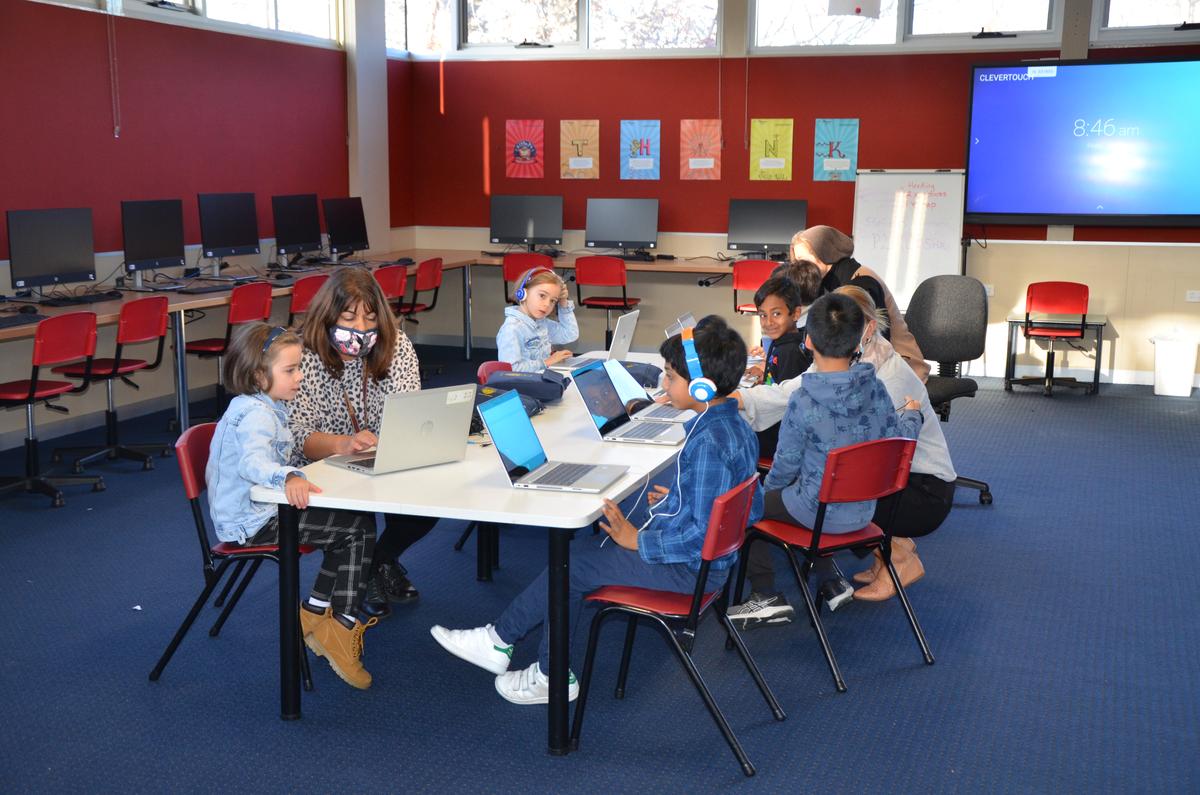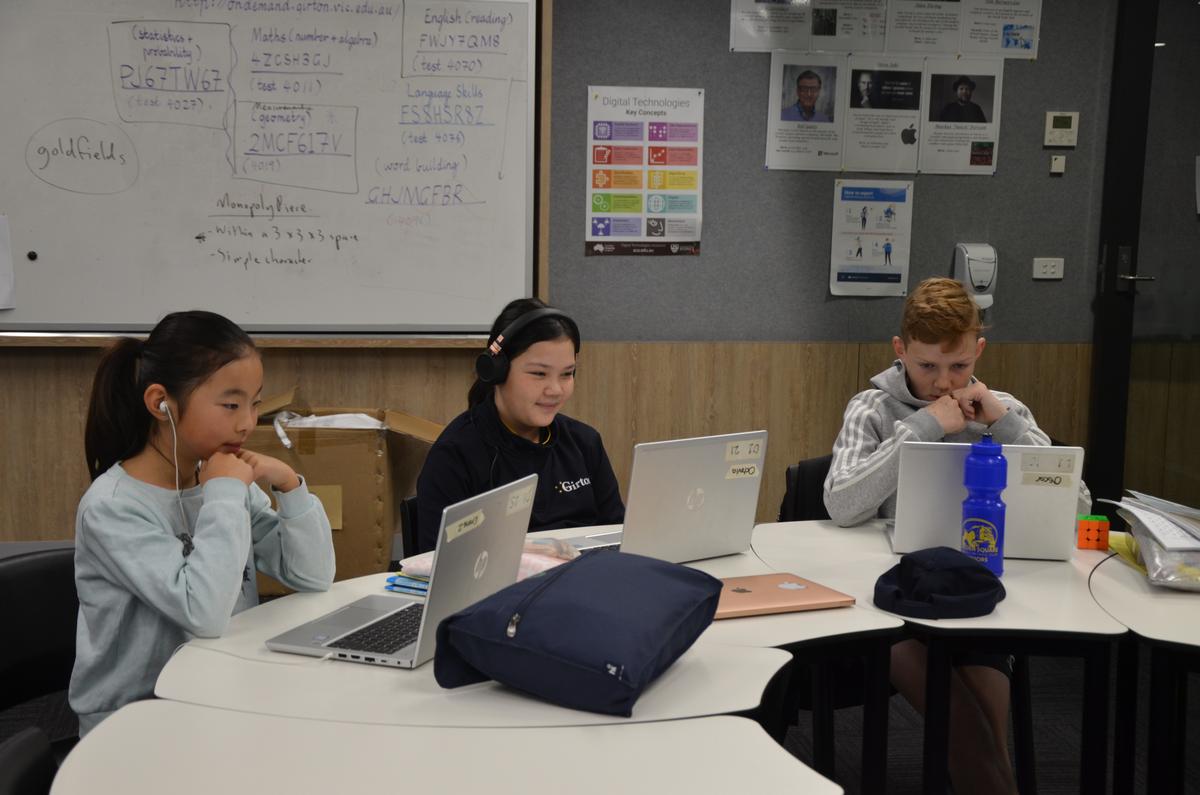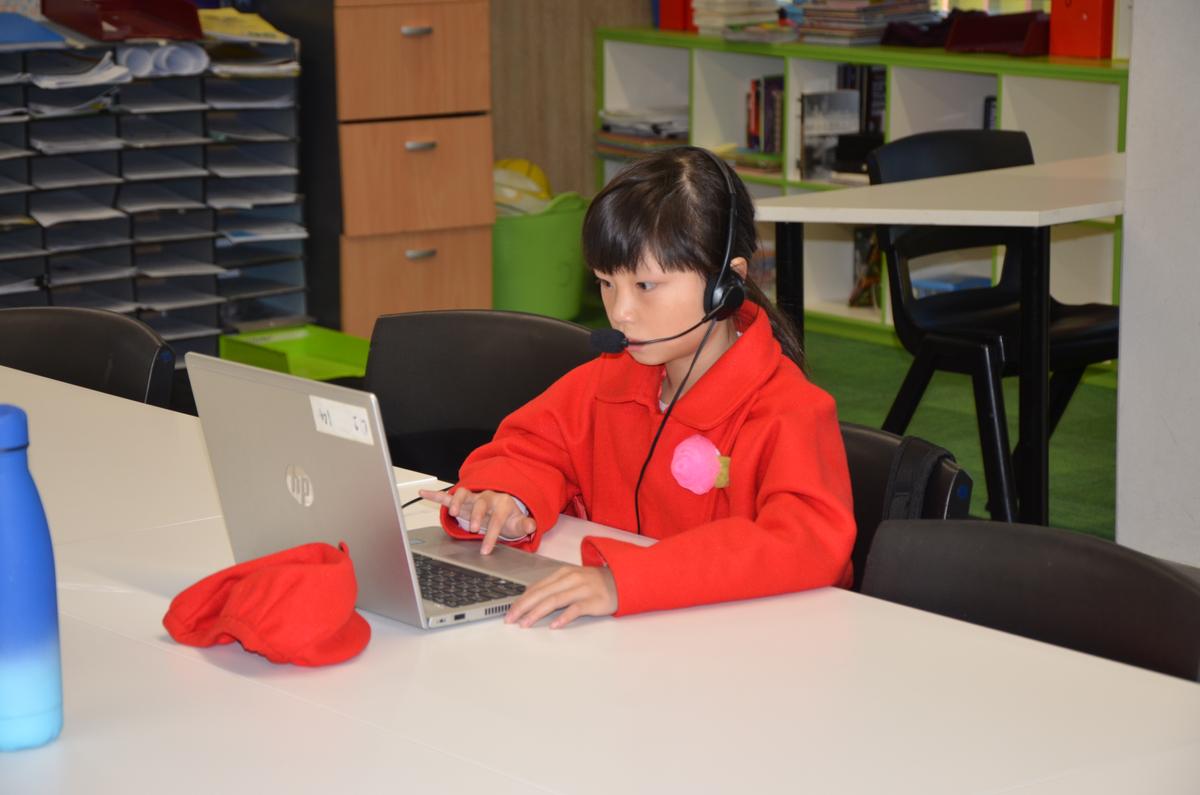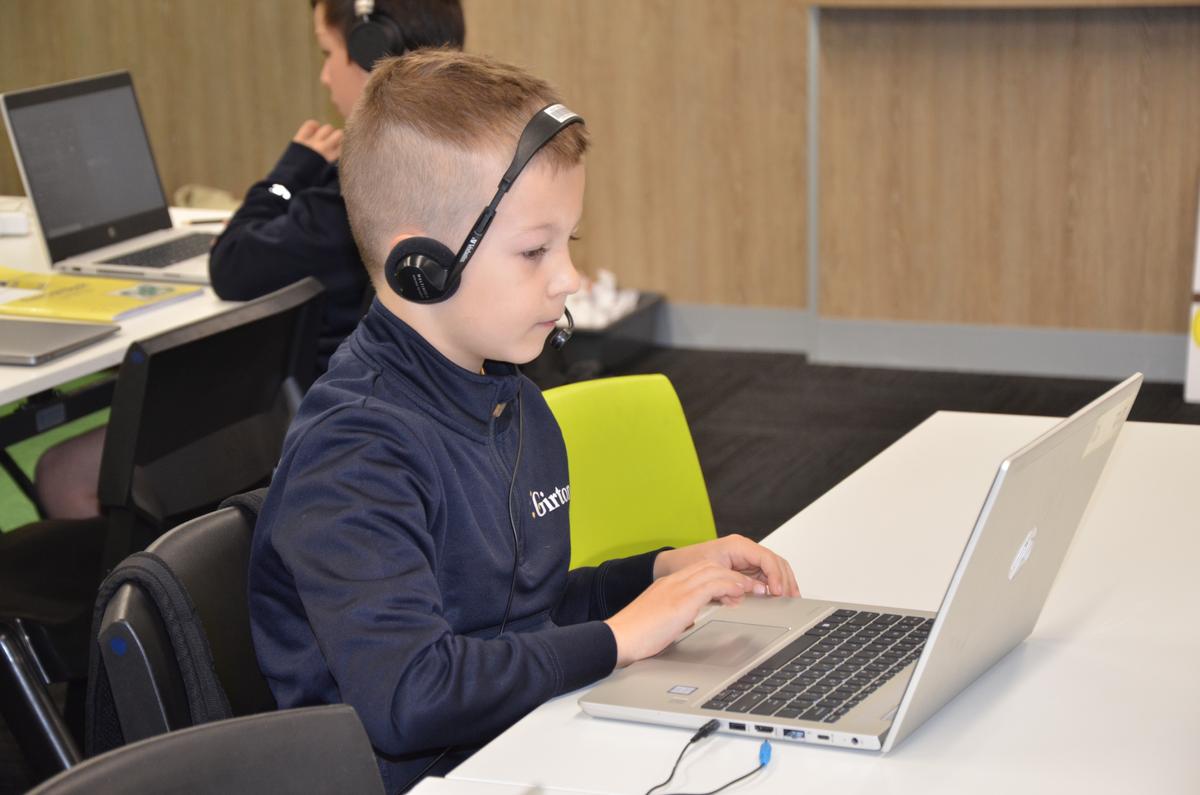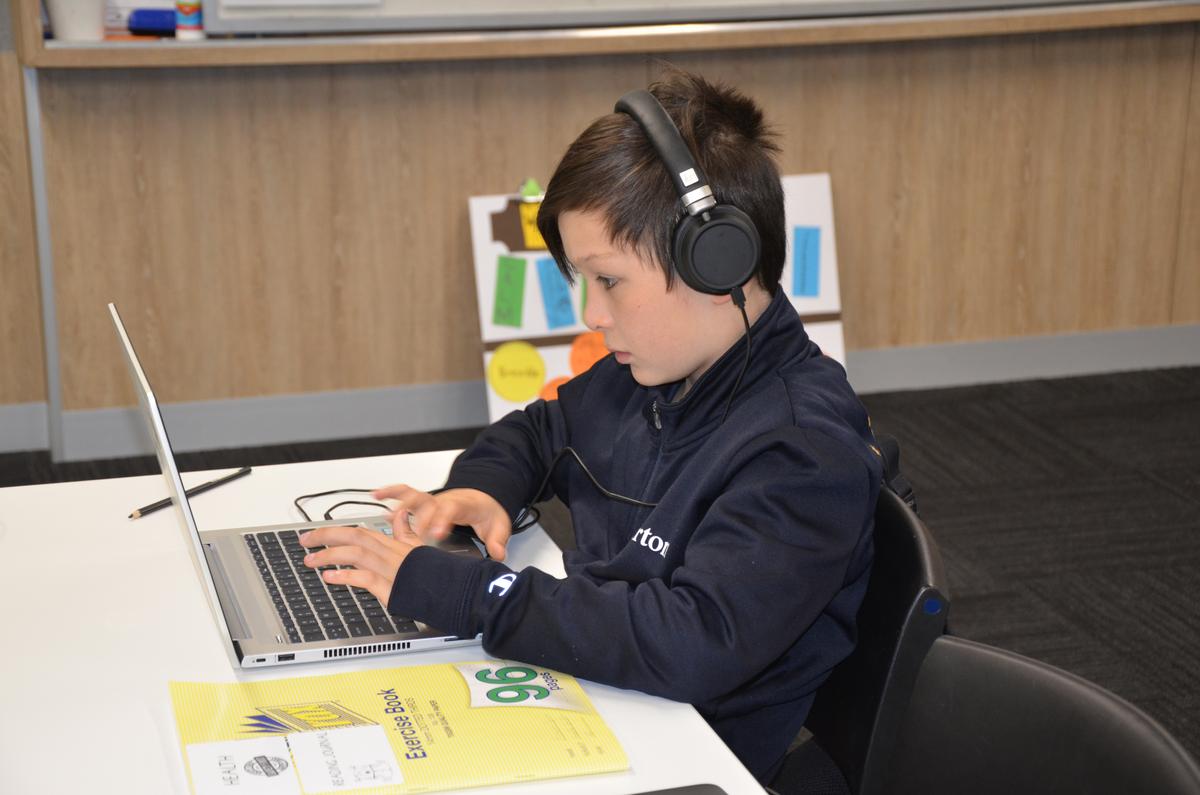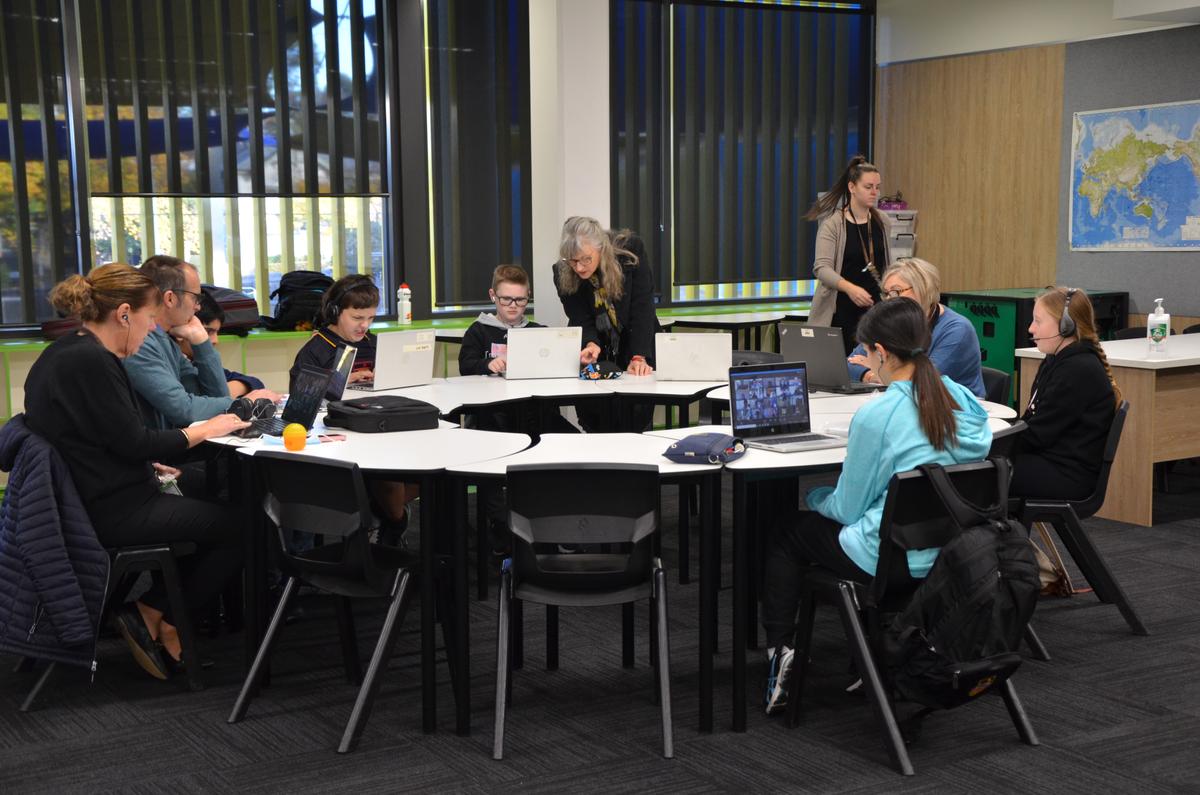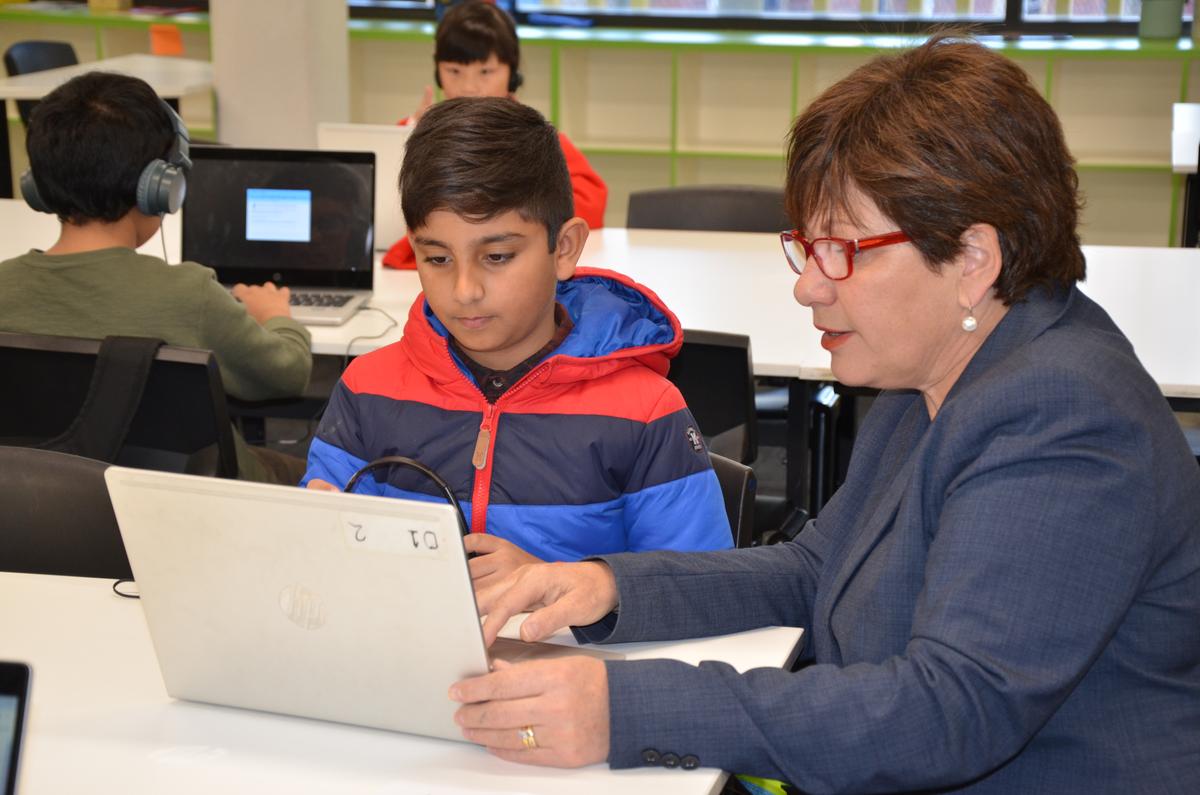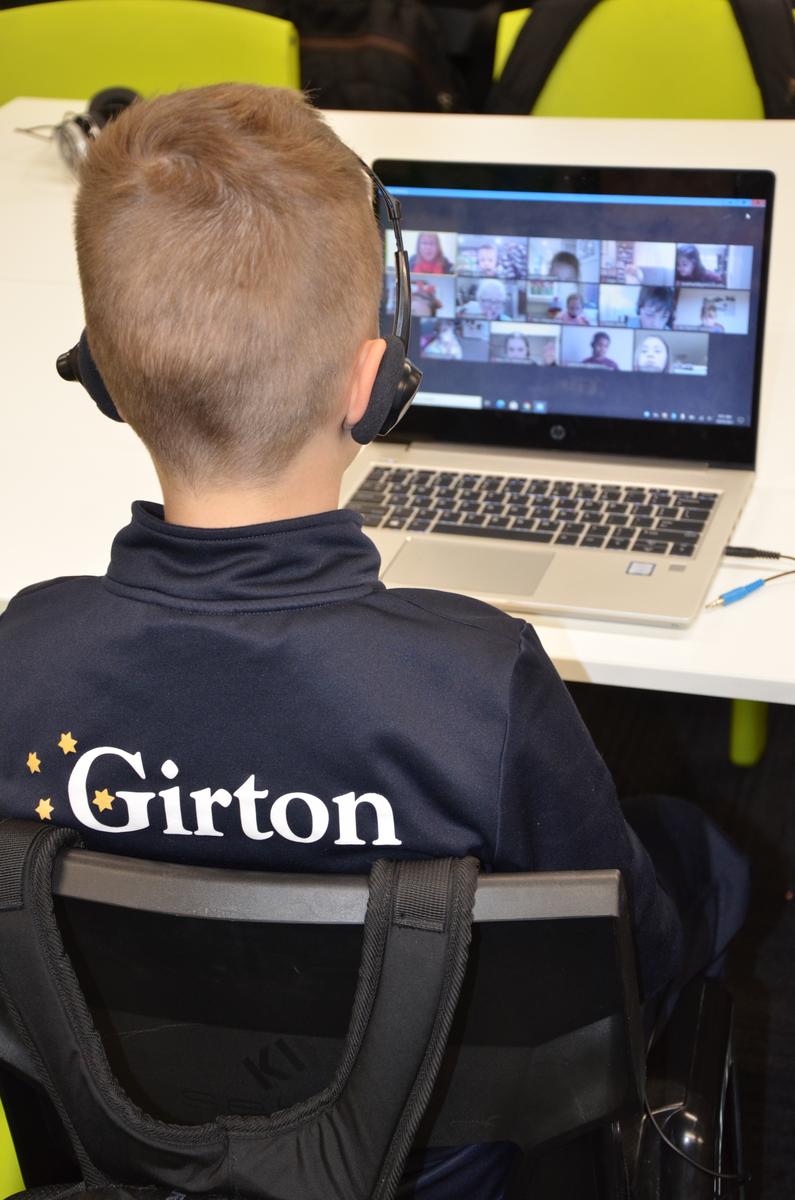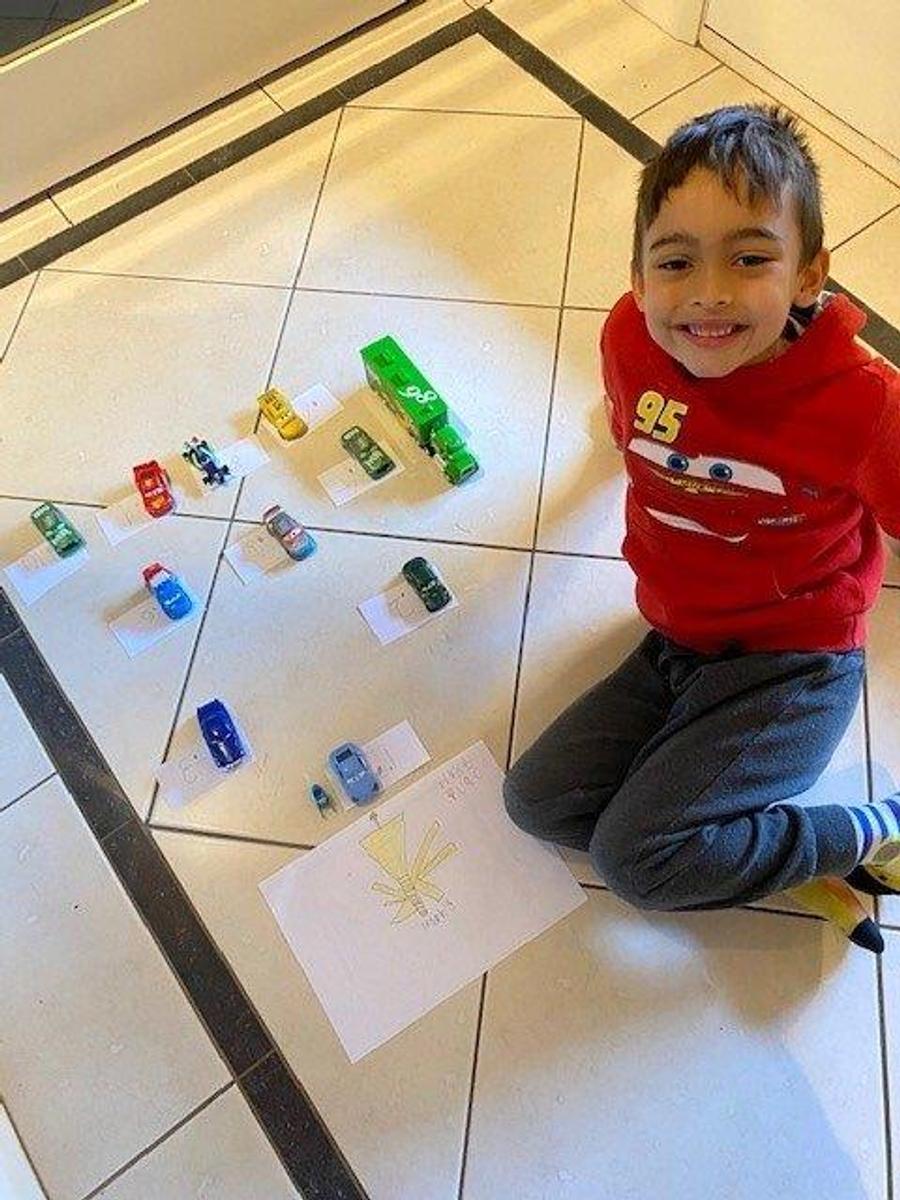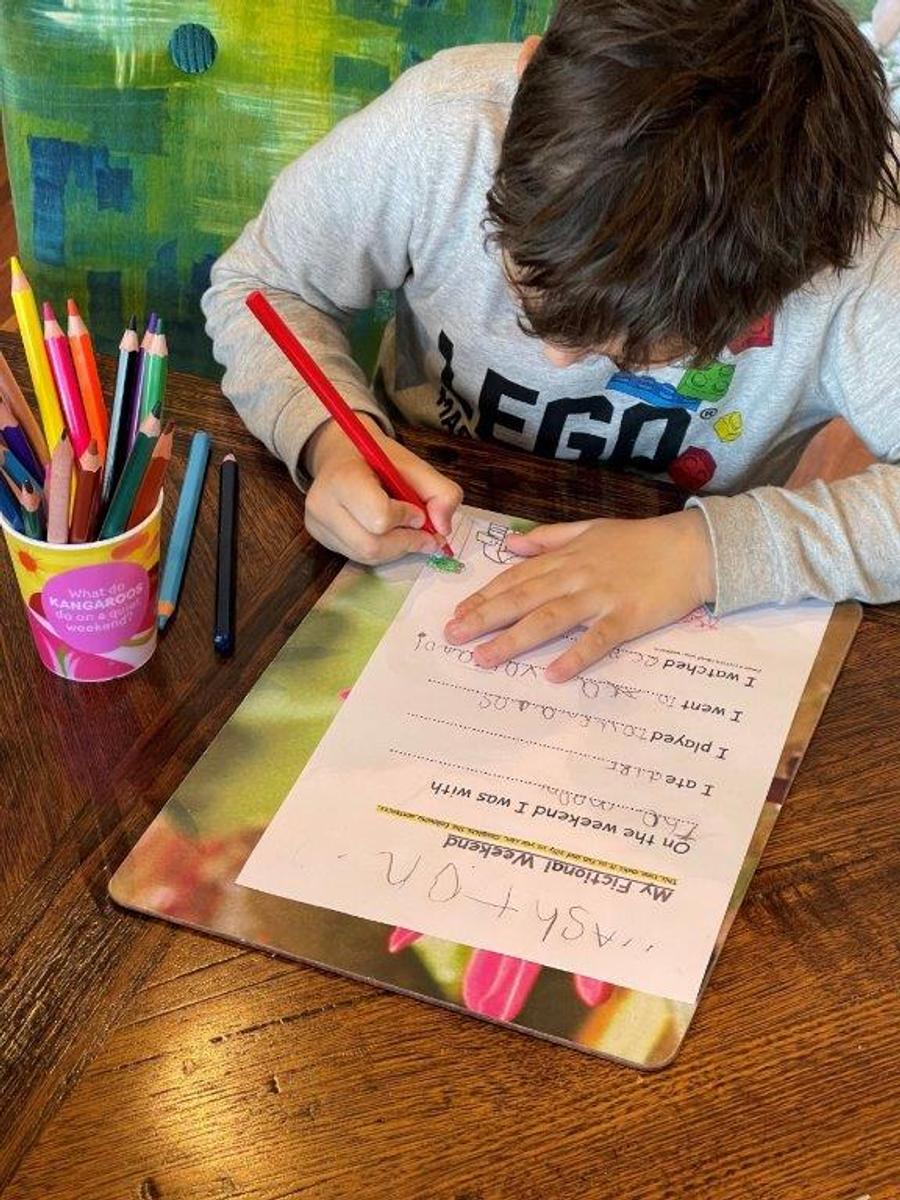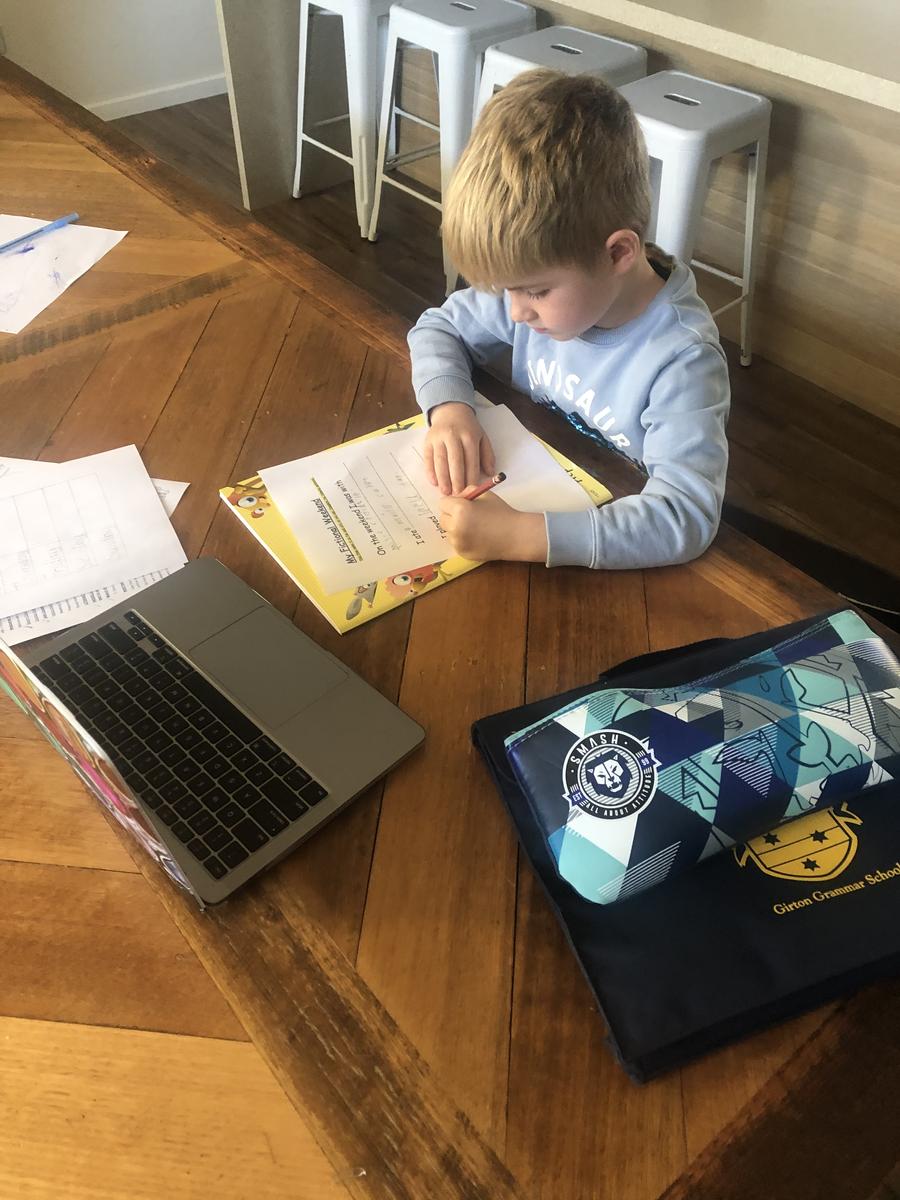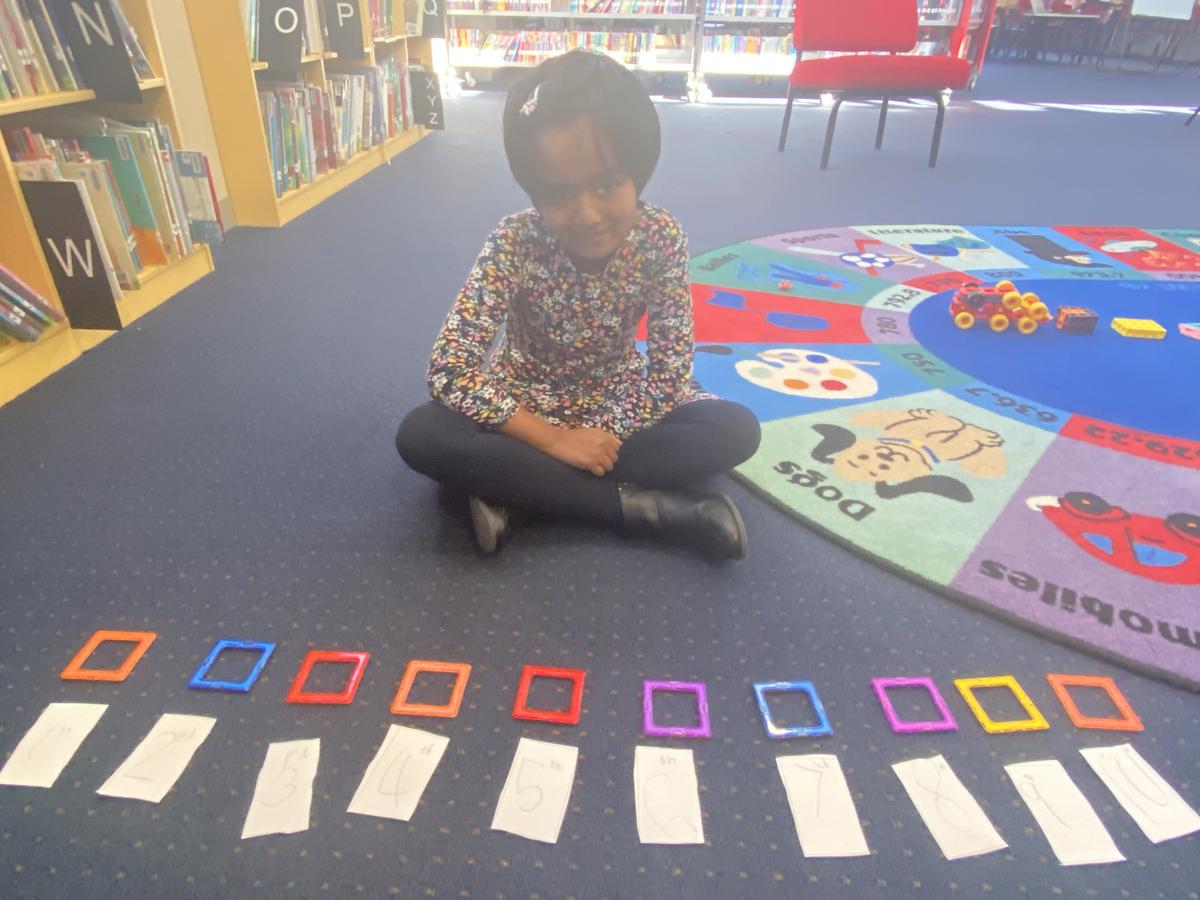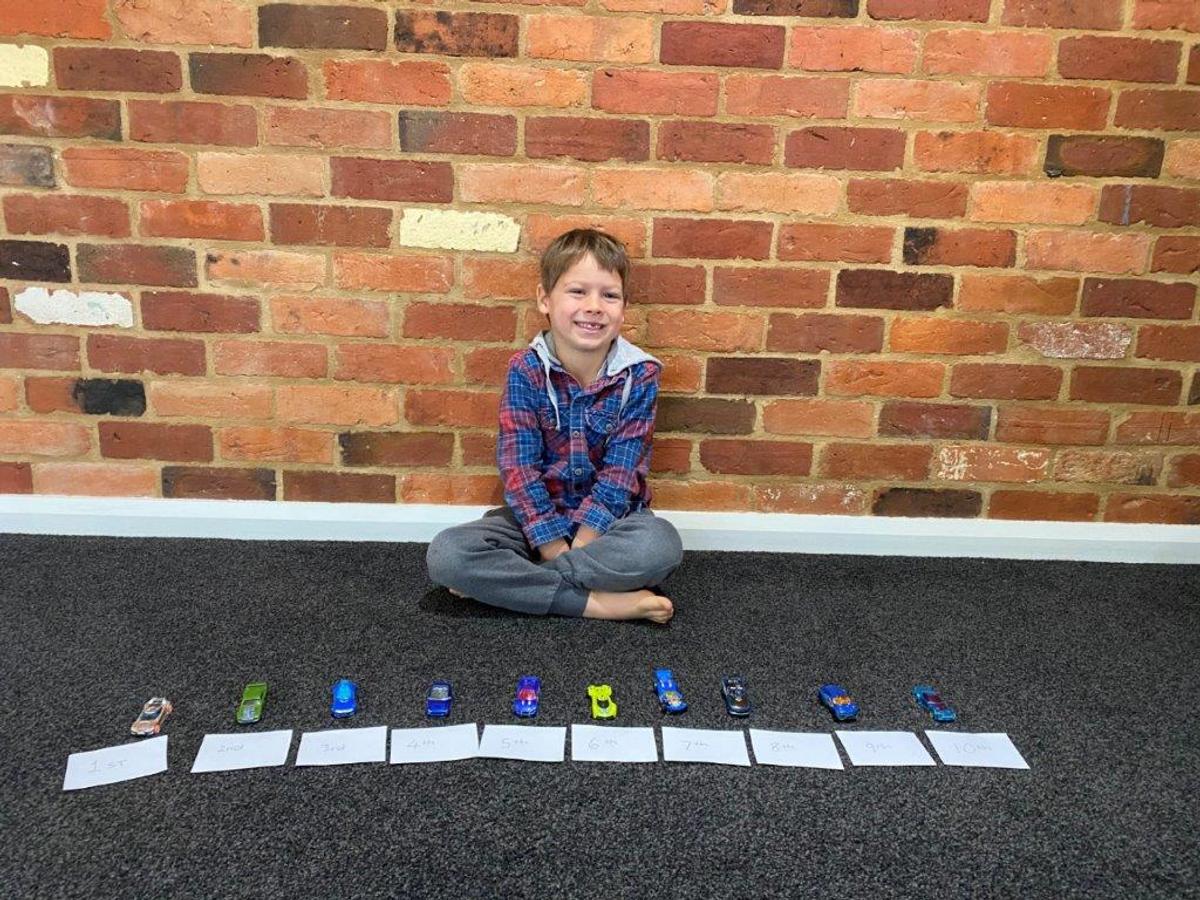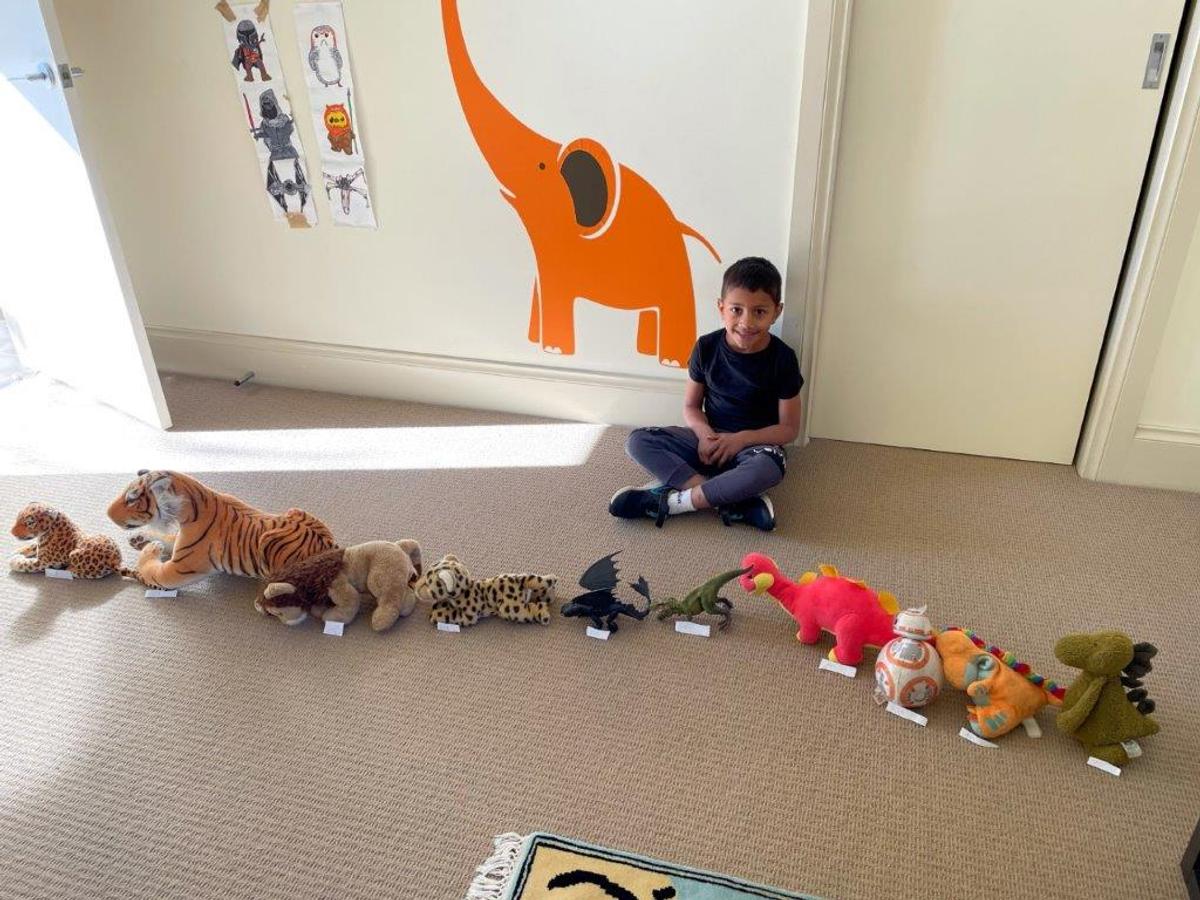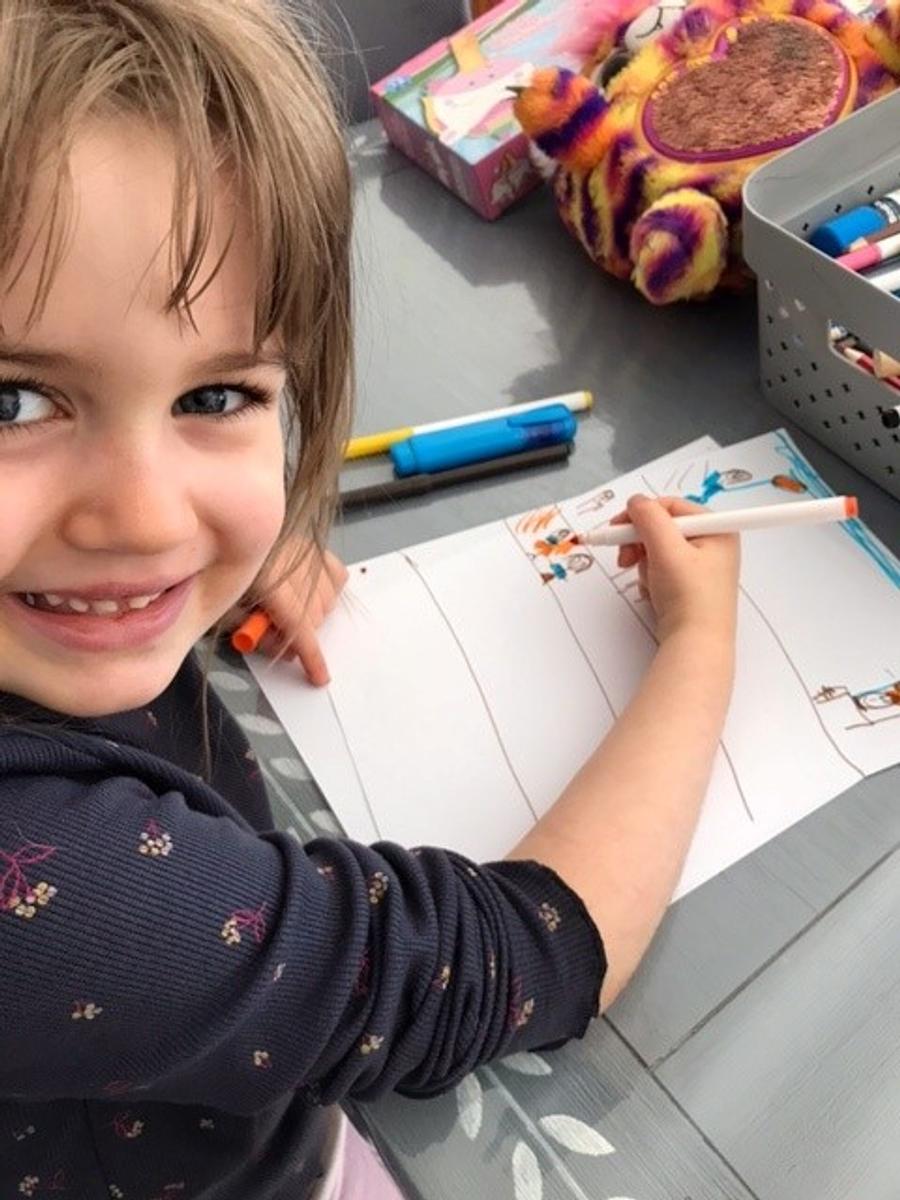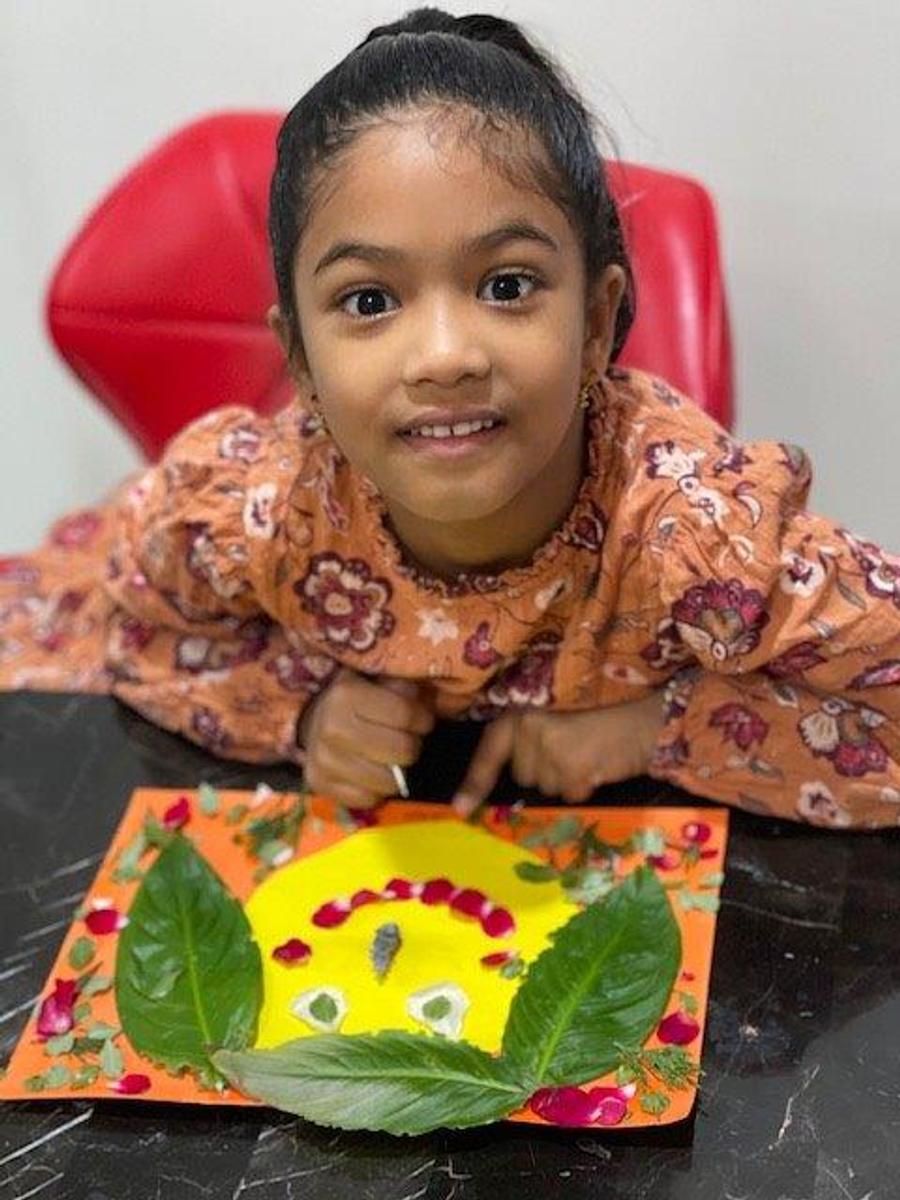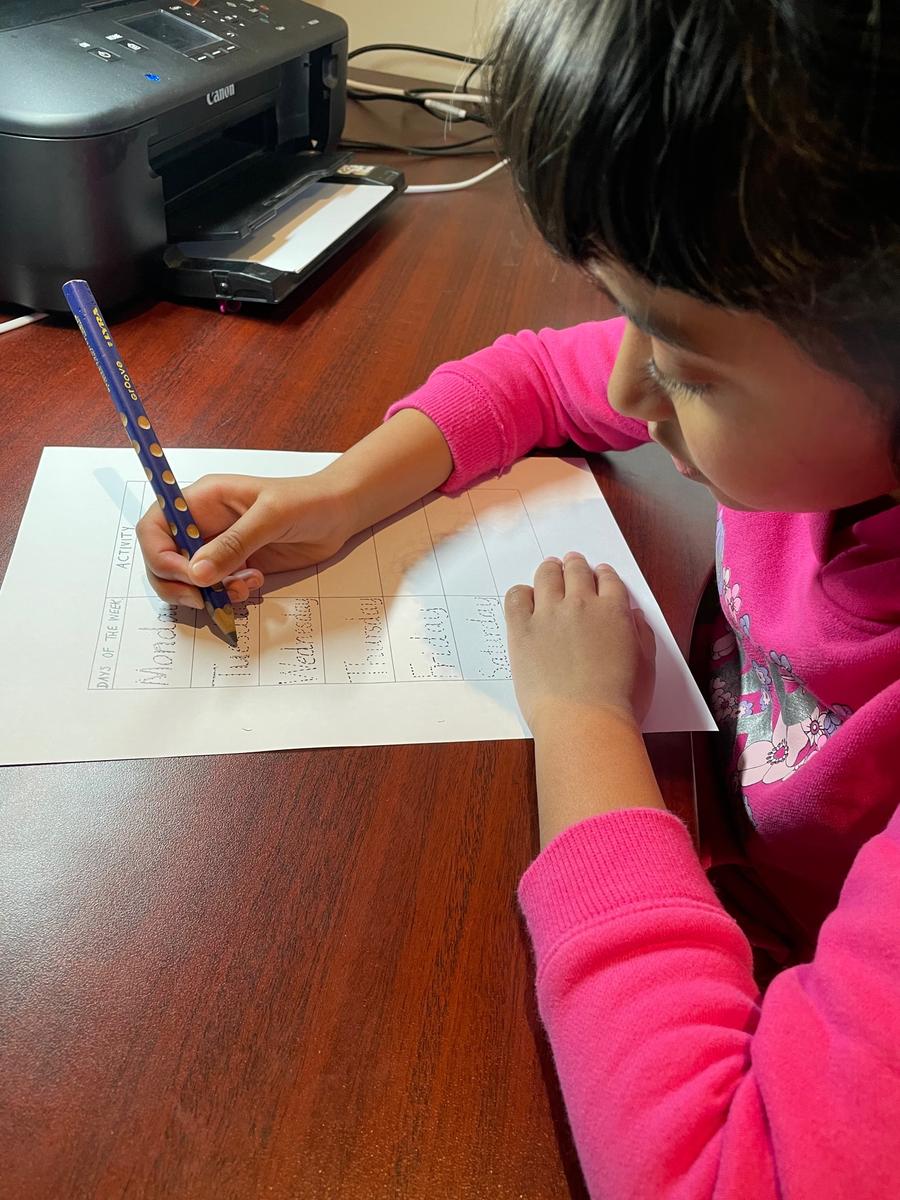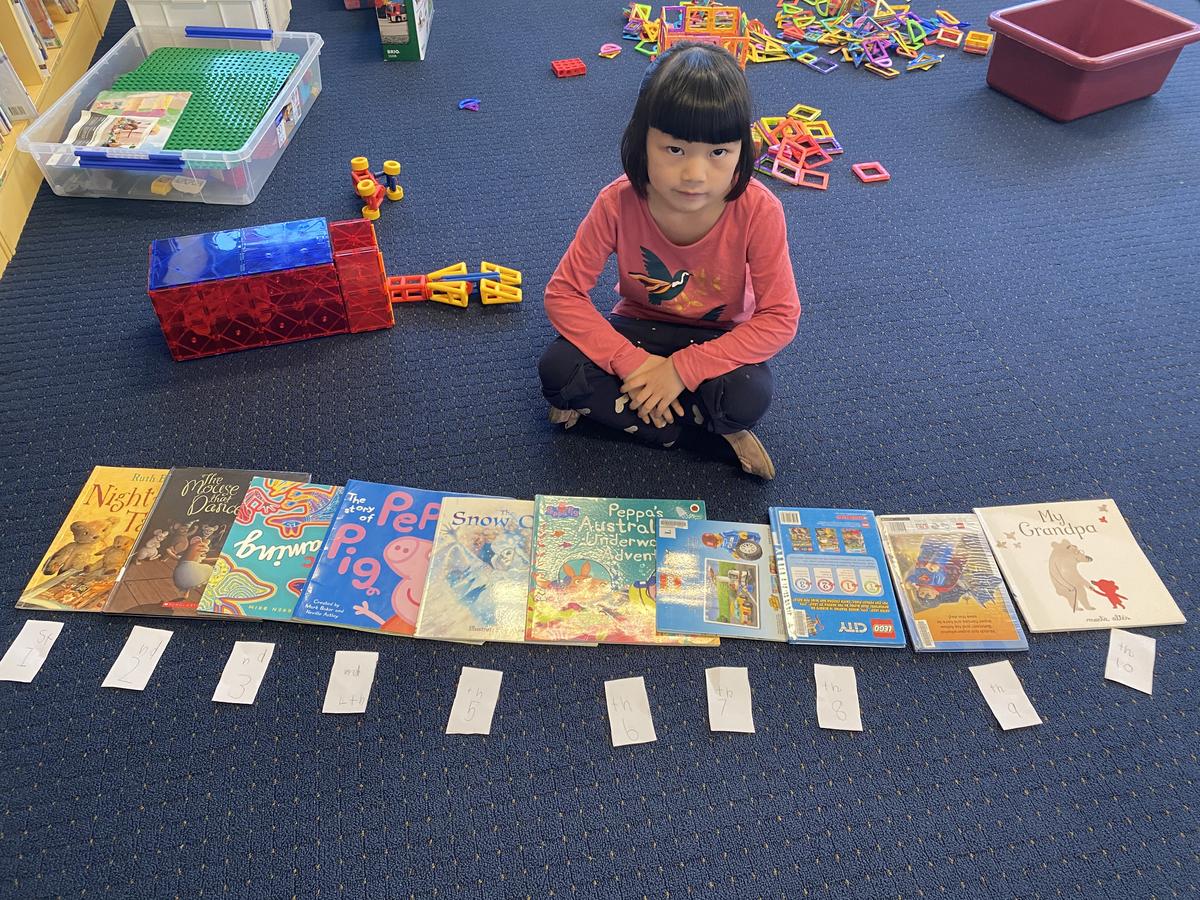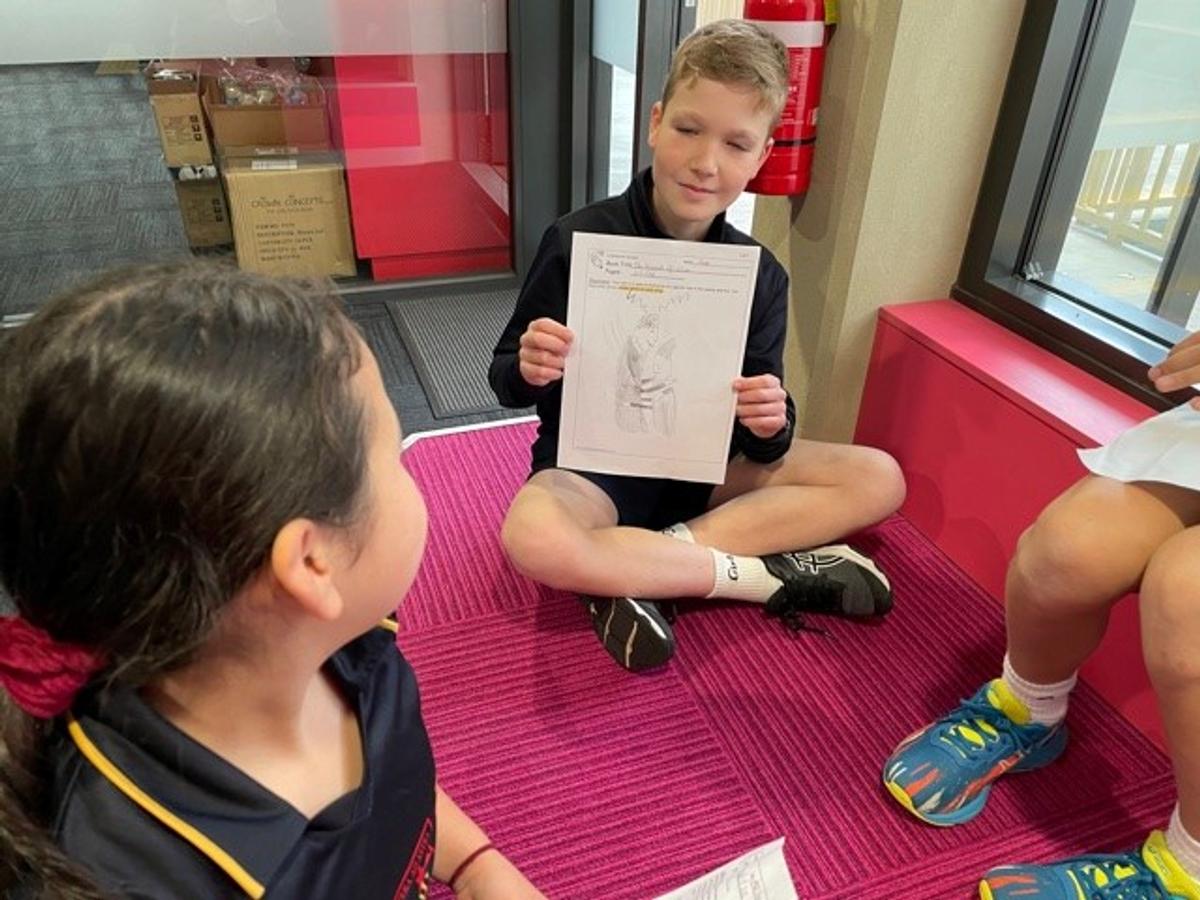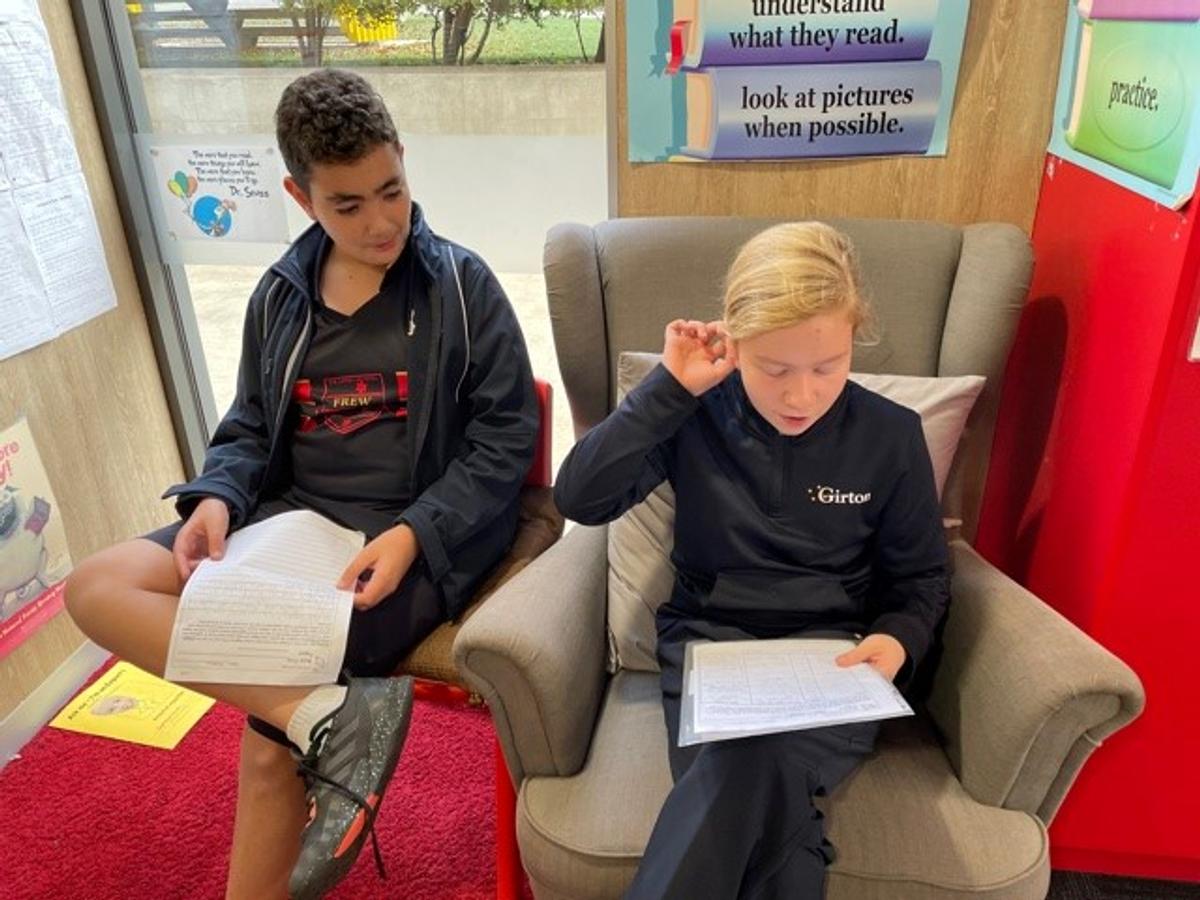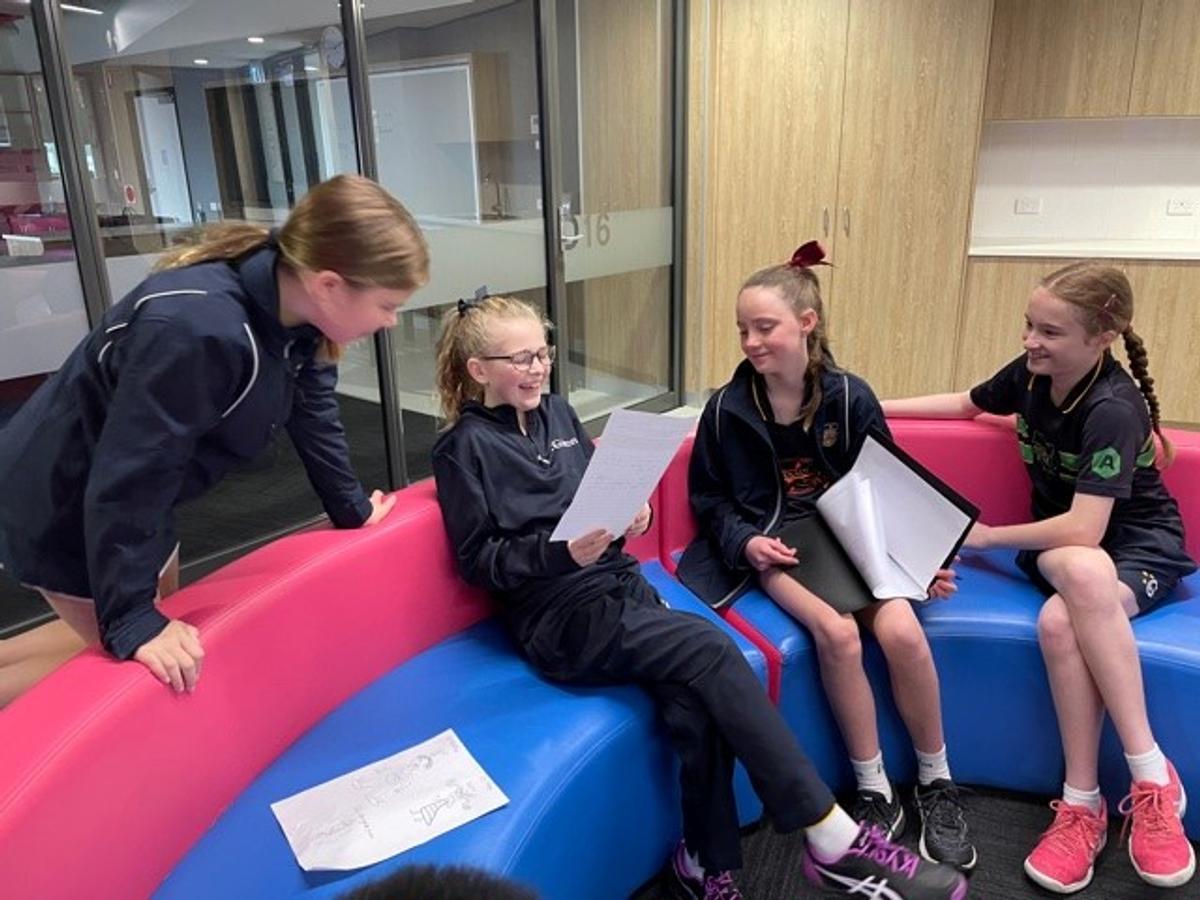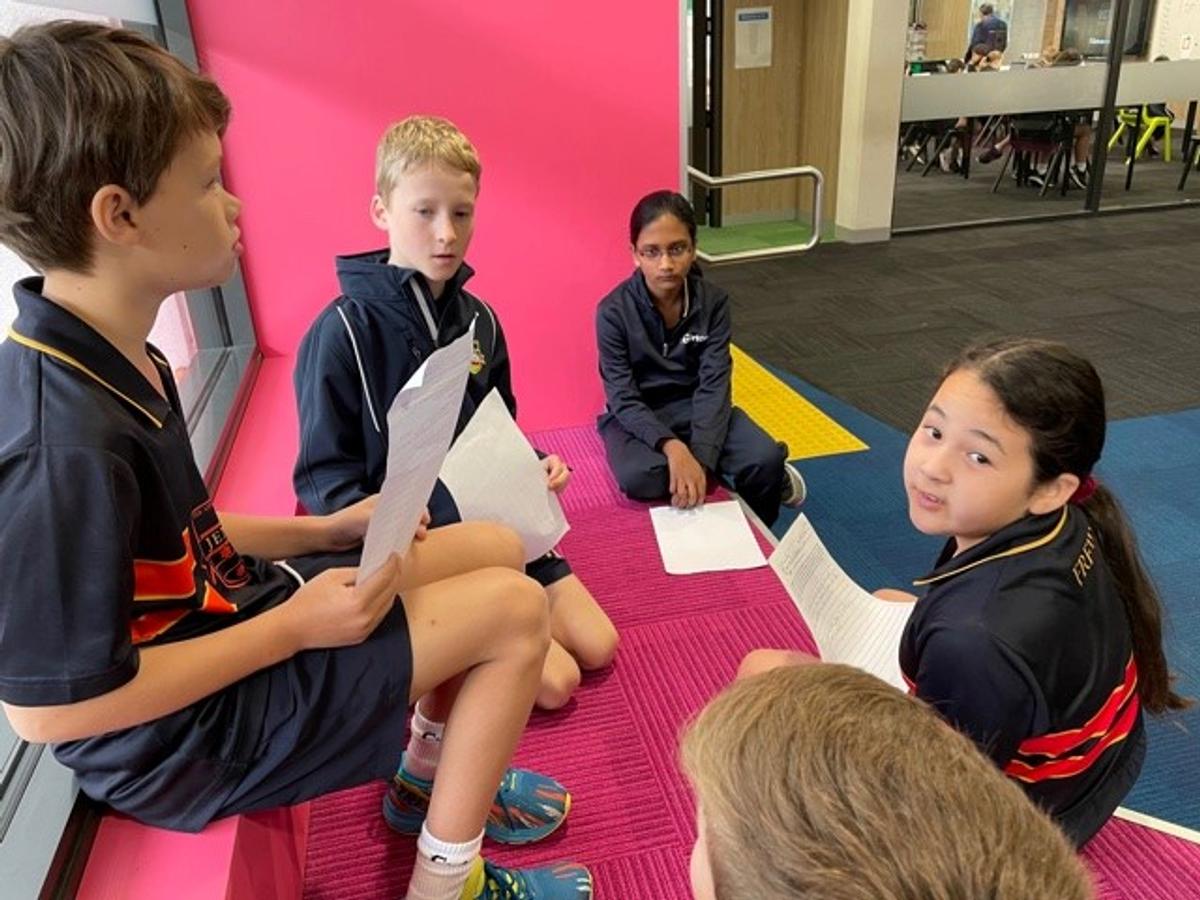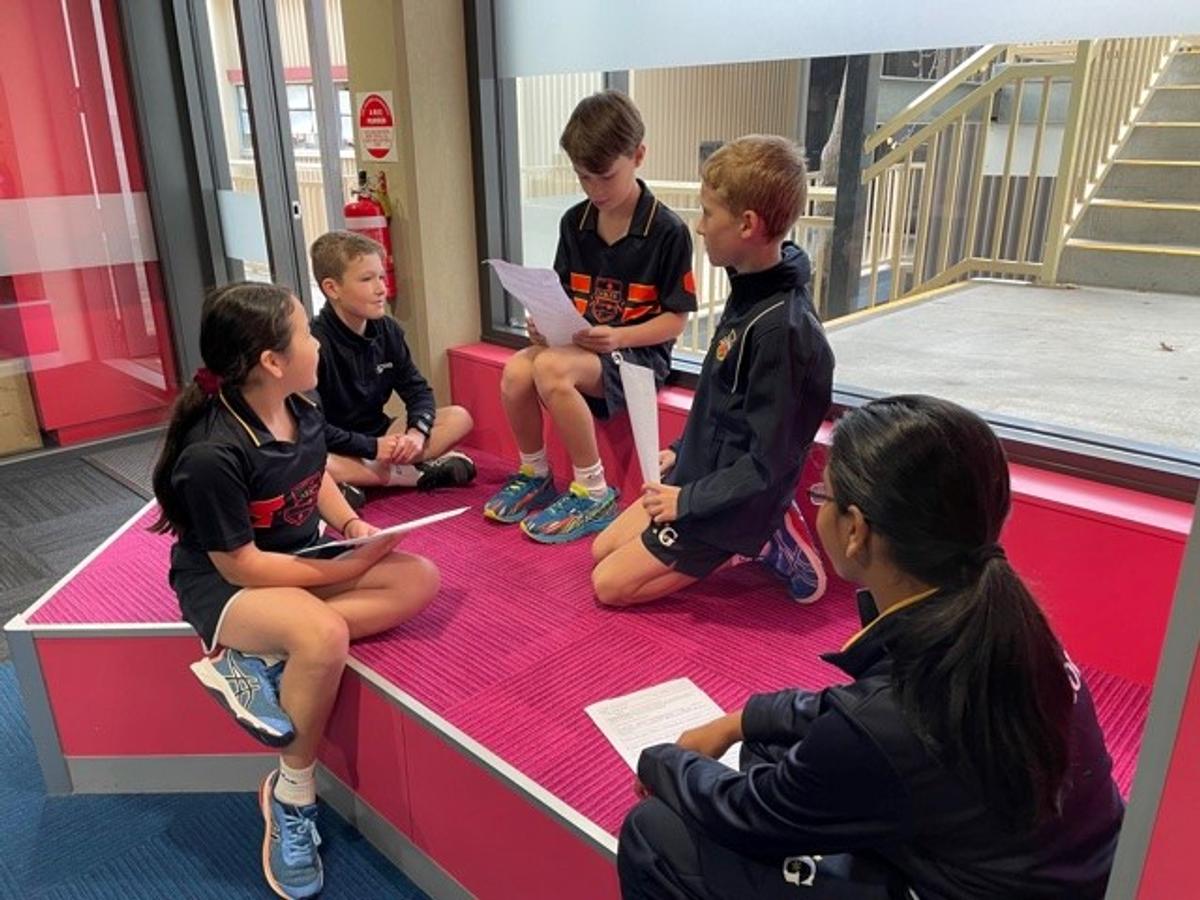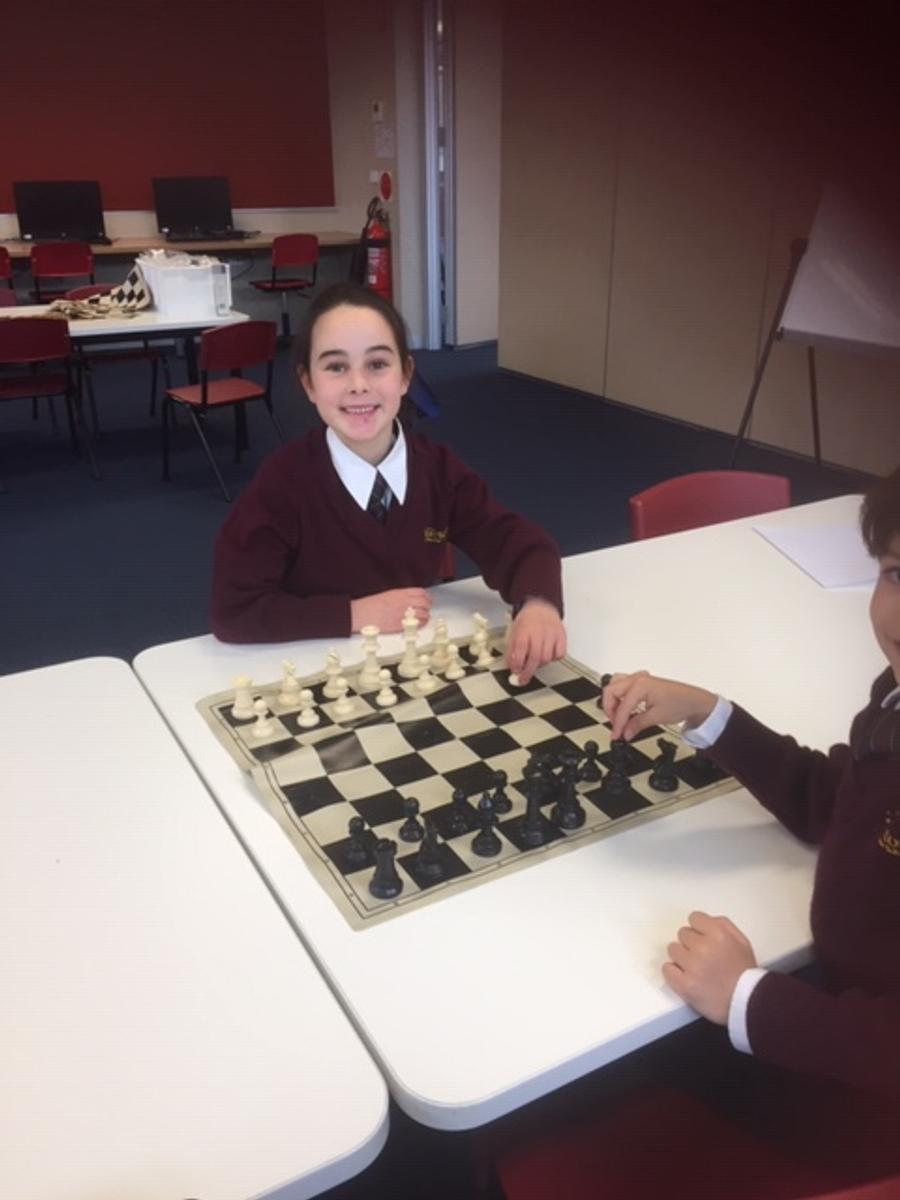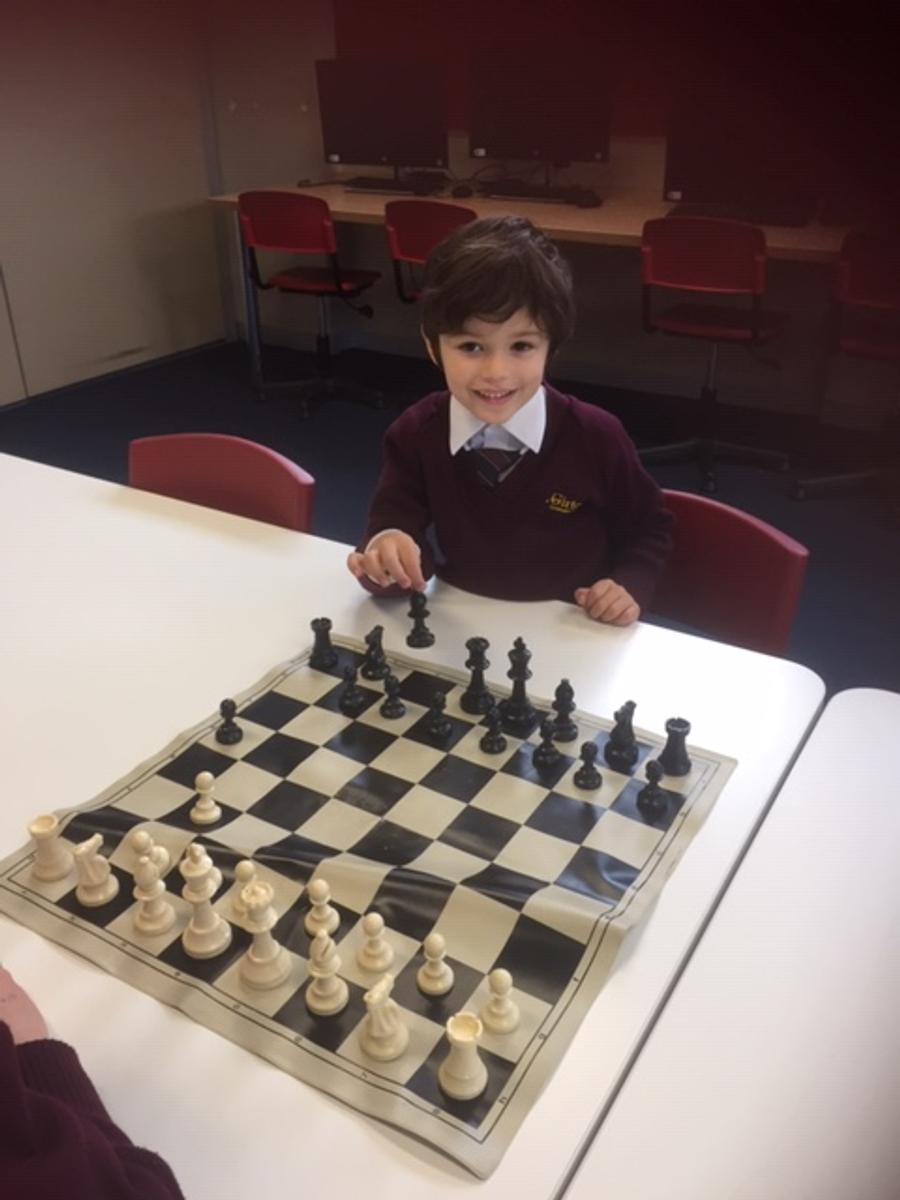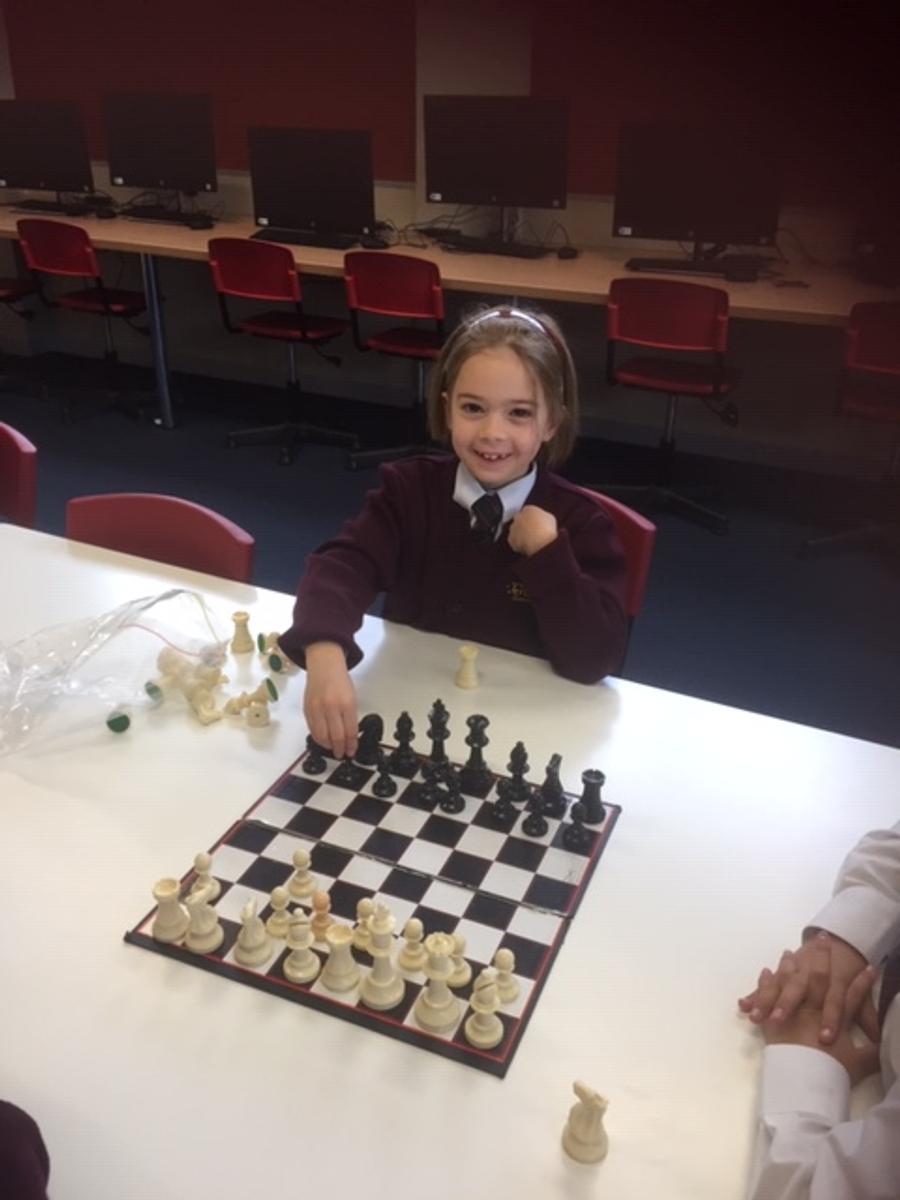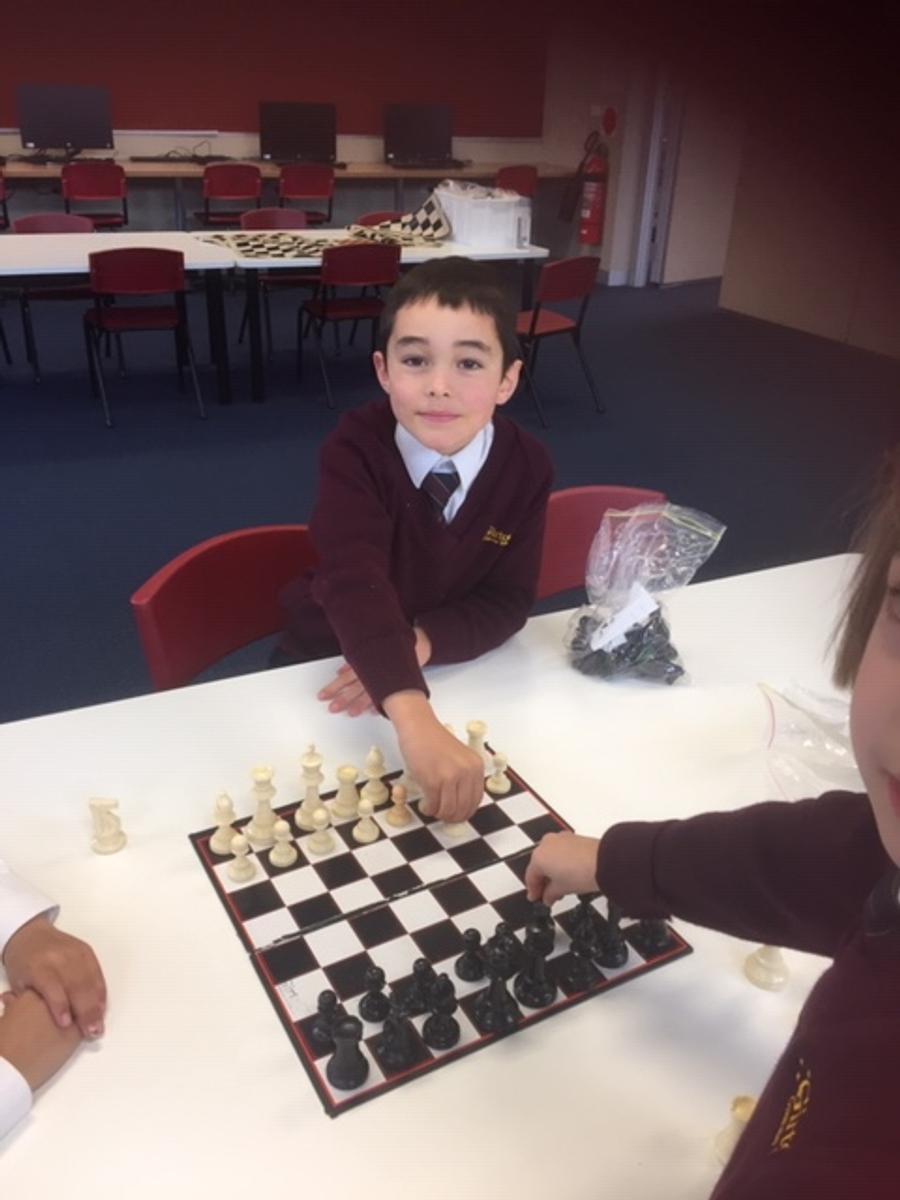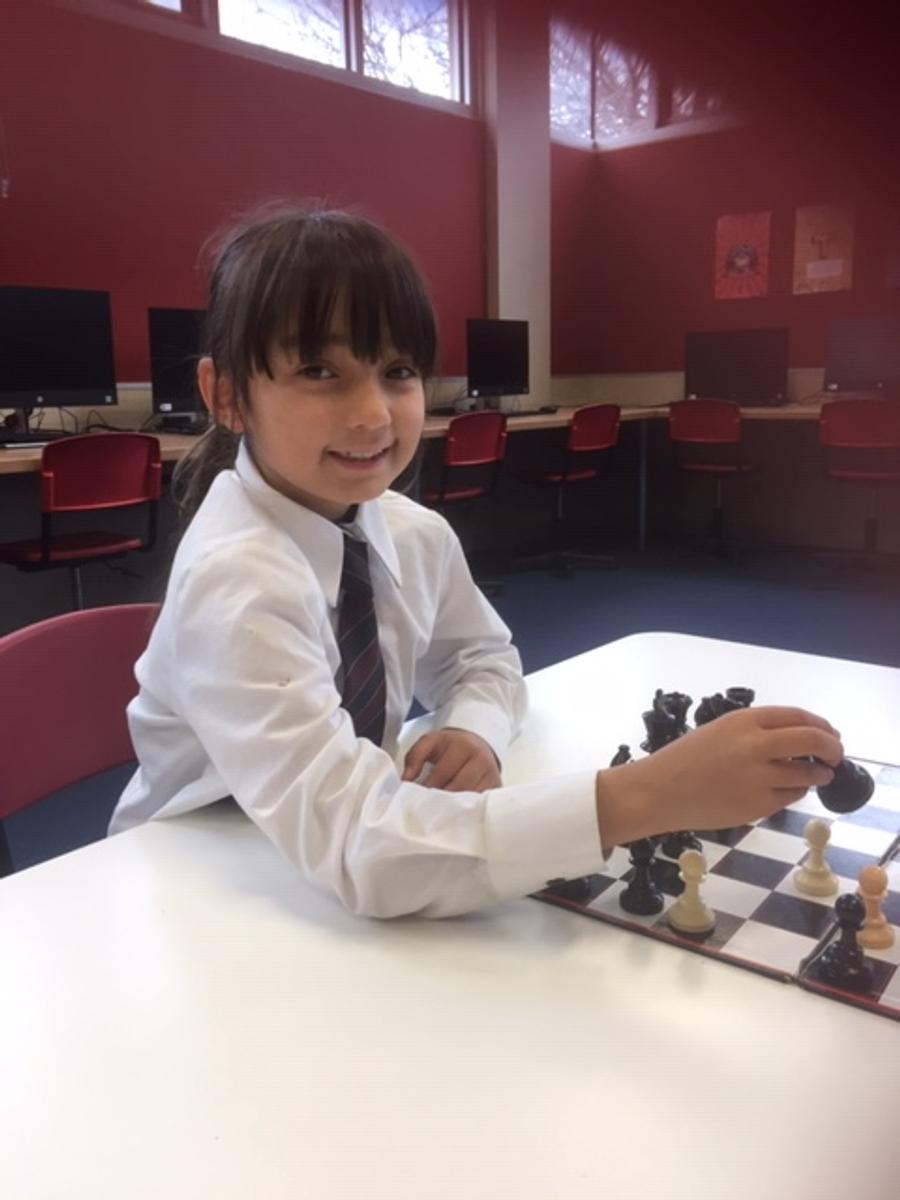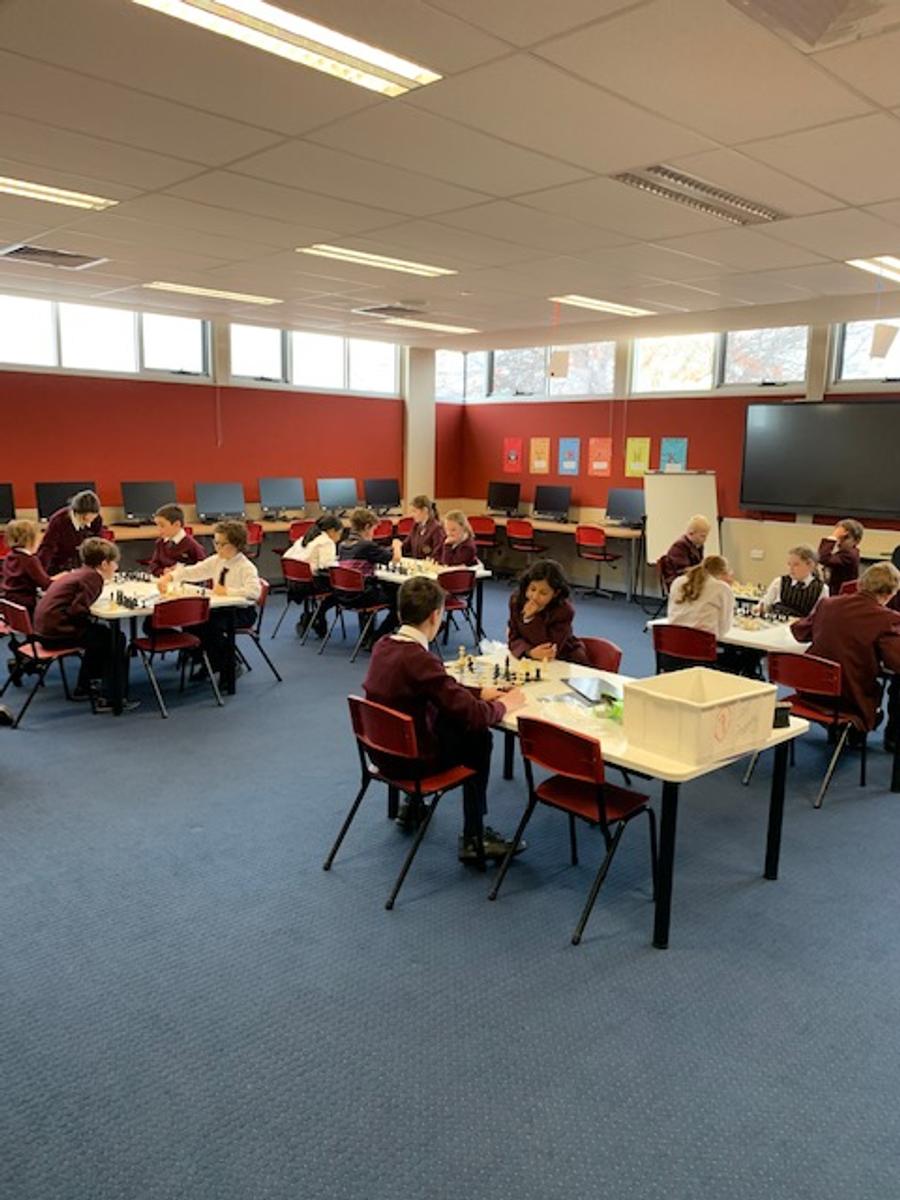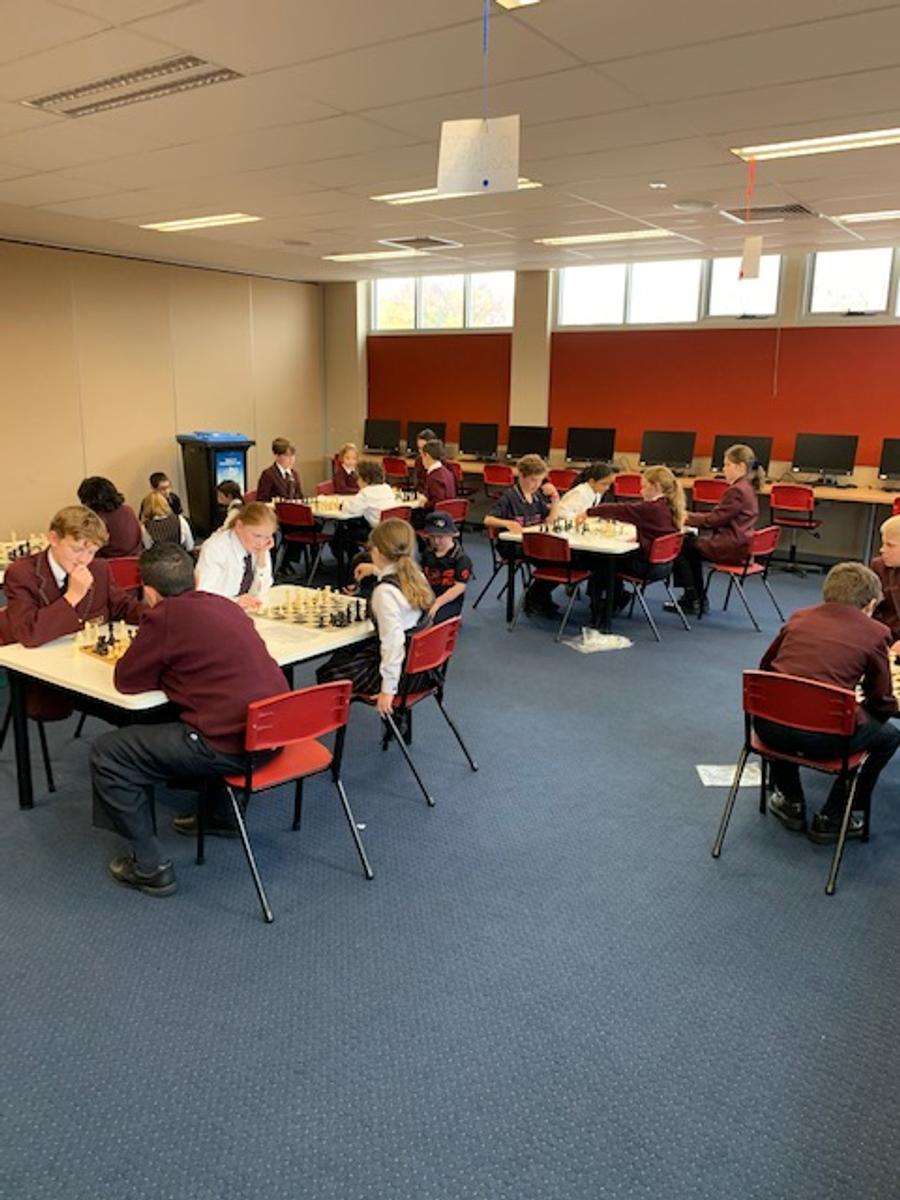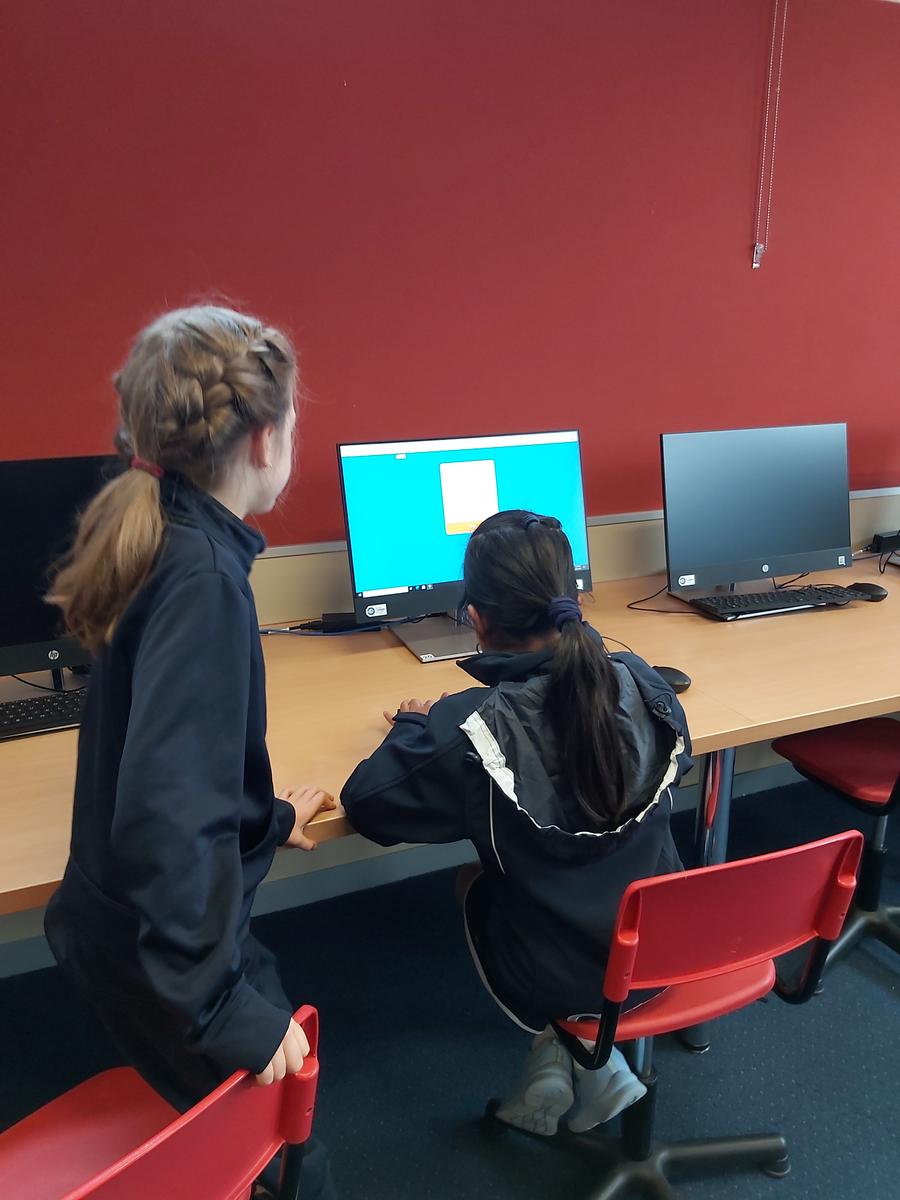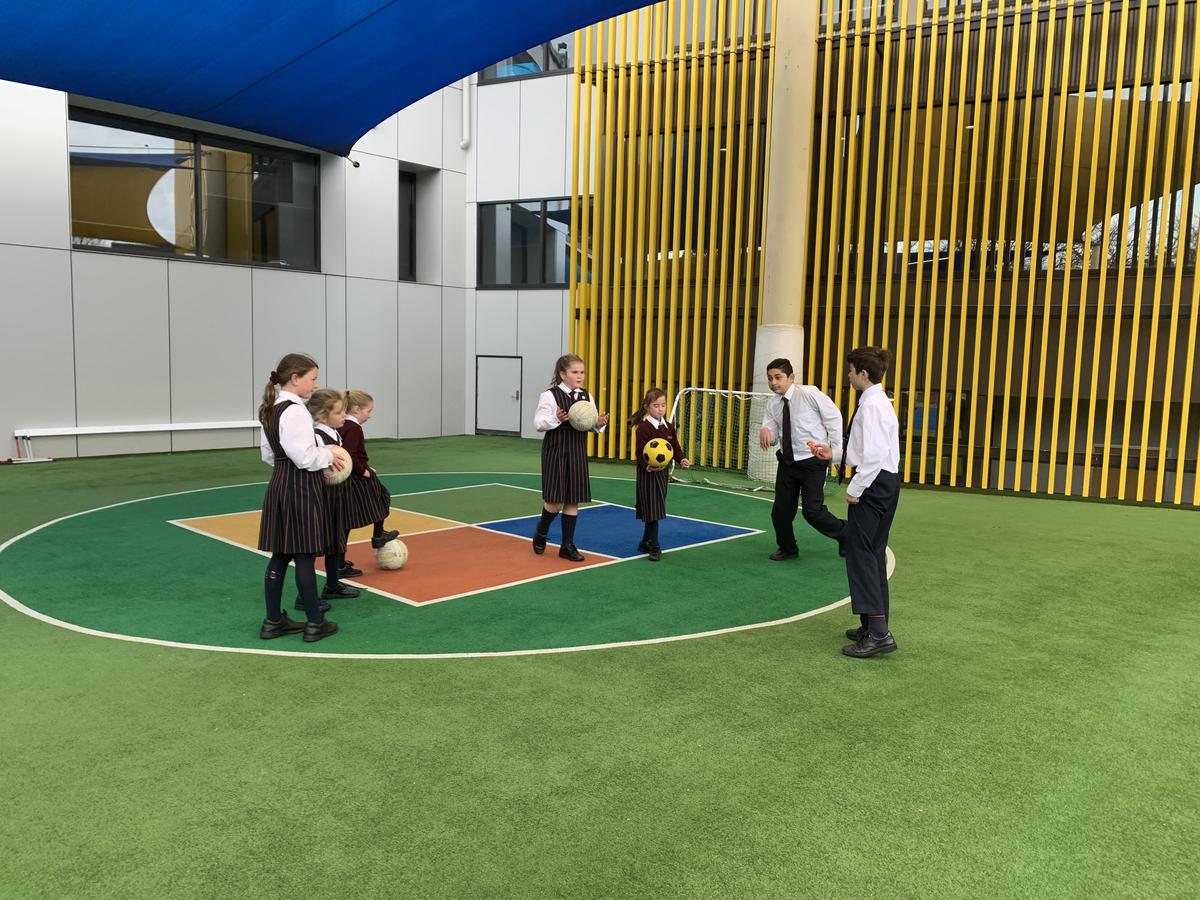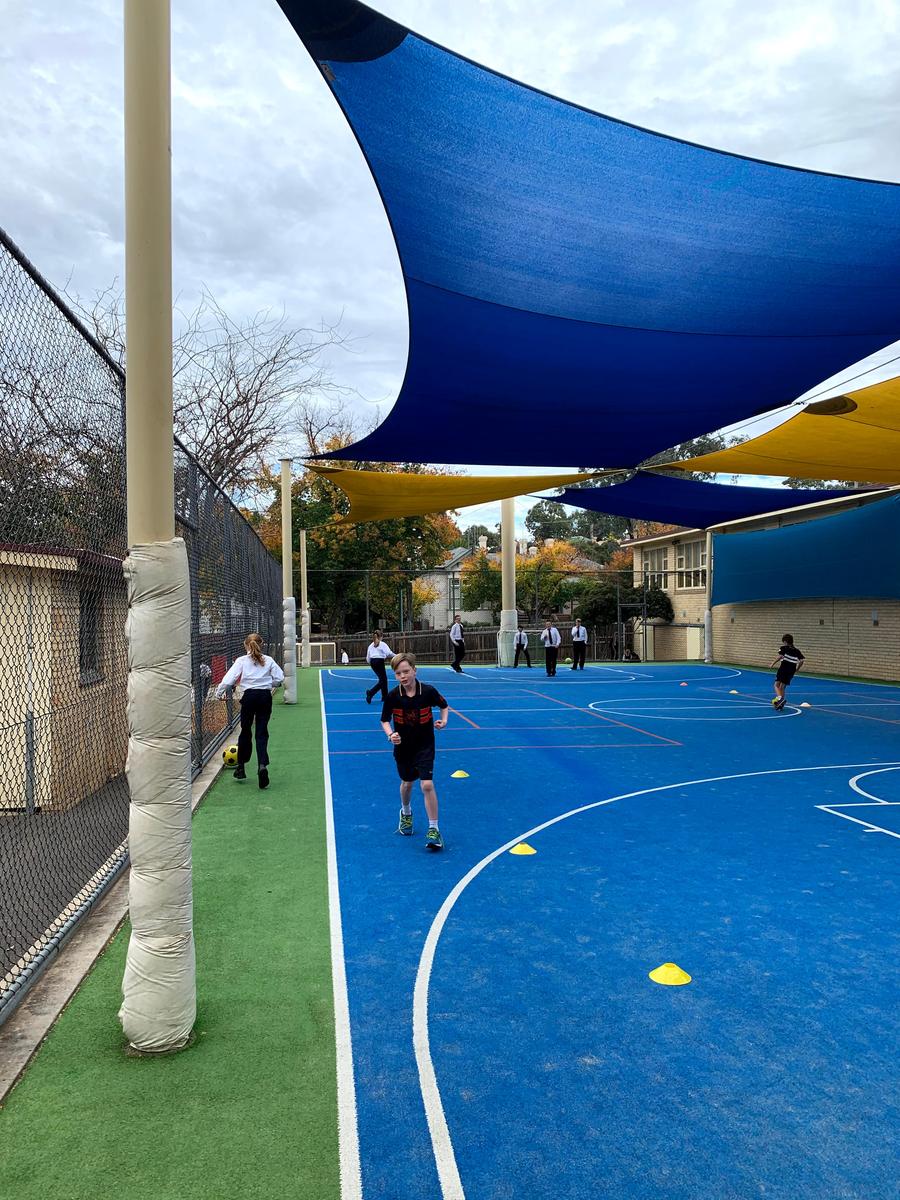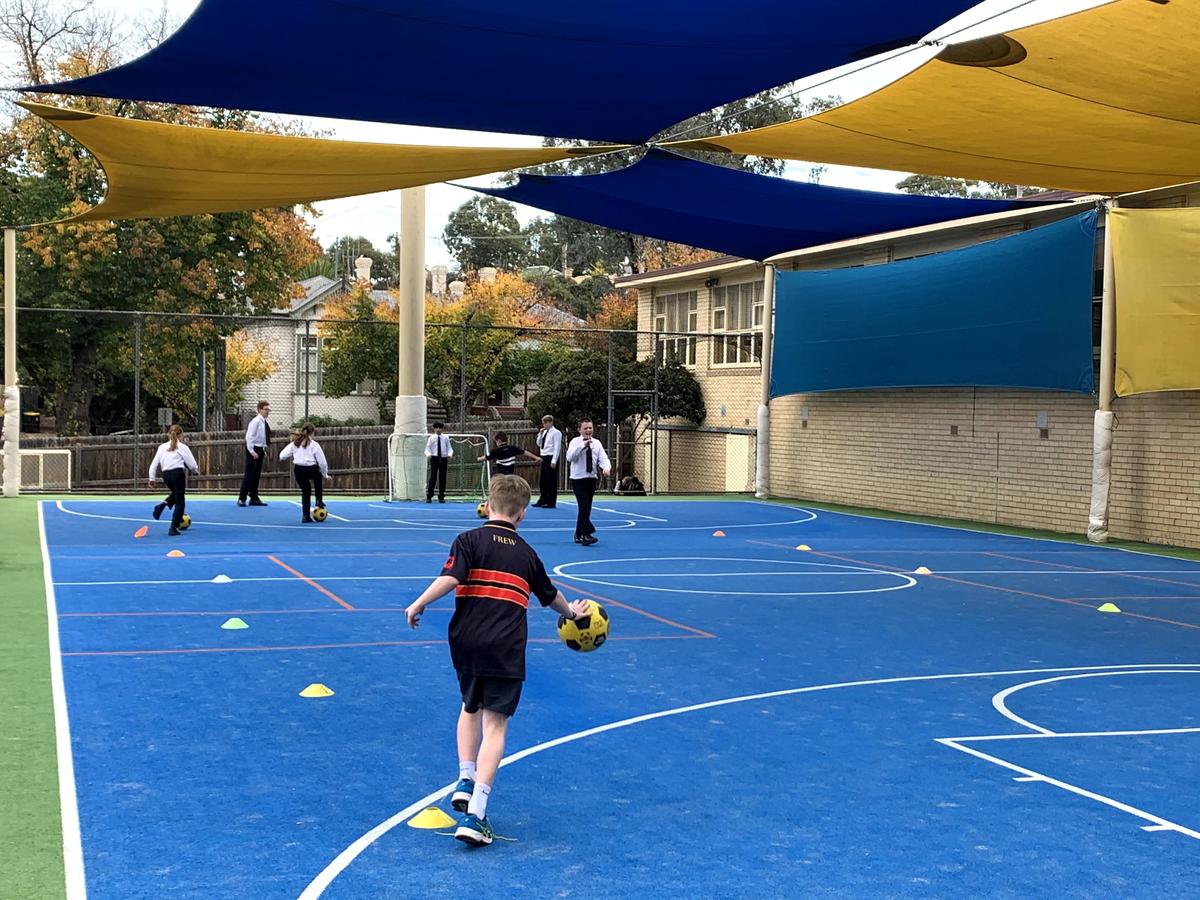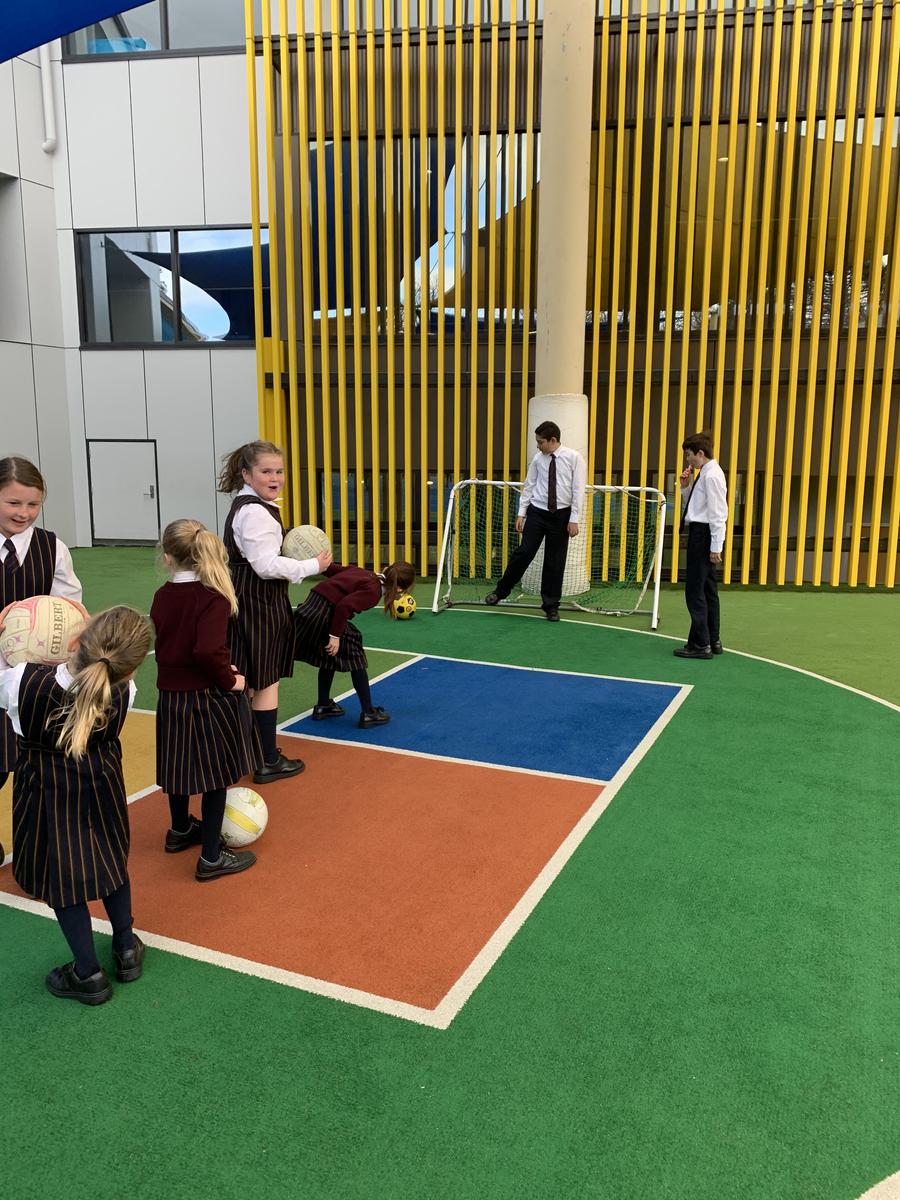Junior School News
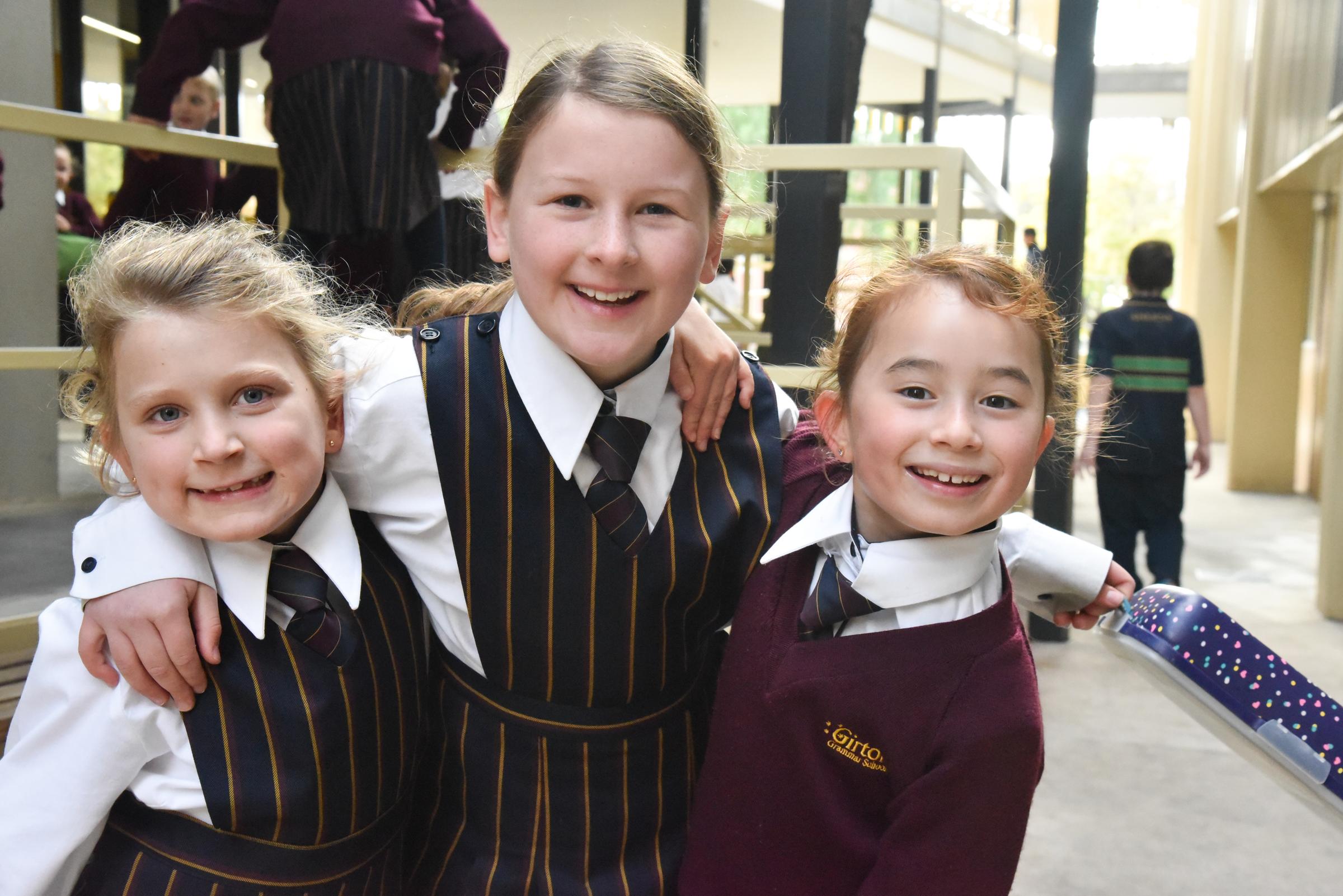
From the Head of Junior School
It is hard to believe we are almost at the end of our first semester. It has been a very busy semester and students, teachers and parents should be looking forward to some time of relaxation and recreation.
While the second lockdown for this year was a disruption to the semester, I was very pleased with how smoothly classes transitioned into remote learning. Students were able to continue on with the planned curriculum from the first day of lockdown. Nothing can replace the value of face to face learning. Teachers are able to make minute to minute evaluations of student learning through classroom observation, discussion and questioning and then adjust the lessons immediately. Students are generally more comfortable to ask clarifying questions in person and to seek assistance if they are unsure. While remote learning is certainly not our preferred method of operating for students, parents or teachers, we are pleased that we were able to provide an excellent program given the circumstances. We were also pleased to see our students embrace remote learning so quickly and to continue to put effort into their studies. I am confident that we will be able to provide an equally successful program should we be faced with similar circumstances again this year.
Moving into second semester we do not know what restrictions will be in place and how these will impact the events that would normally run. We have had some external events impacted already this semester due to the lockdown and consequent restrictions on School operations. Wherever possible we have rescheduled the events for later in the year and will only cancel if absolutely necessary. This will continue to be the case for next term. We are planning as if events will be able to go ahead and then will adjust as necessary. Hopefully there will be minimal disruptions for the remainder of the year.
While the holidays are a time for recharging the batteries it should also be a time for students to reflect on their progress so far and to develop their plan for the second half of the year. This is particularly important for those students in the Upper Years. I encourage parents to take the opportunity over the next week or so to discuss with their child the goals for the remainder of the year. Semester 2 reports will be finalised in the next week. These will provide some good feedback as to your child’s progress and, perhaps, points of focus for the future.
Reminder: Students commence Term Three on Wednesday 14th July. This will be cycle one in the timetable.
Mr Donald Thompson
Head of Junior School
Preps During Remote Learning
Prep students took to their second round of remote learning like ducks to water, with fictional writing and ordinal number work splendidly tackled from home.
Year Five Literacy Circles
Prior to lockdown, the students of 5M had been meeting weekly to discuss their novels. Groups are made up of students who have chosen the same novel to read. These collaborative meetings are called ‘Literature Circles’.
Each week the students read selected pages and complete a related literature based task. The students rotate through the various roles, each one focussing on a different literary element.
The aim of Literature Circles is to promote comprehension and joy. These meetings encourage students to give voice to their responses and build their thinking, by sharing insights with their peers.
Through these conversations students build community, learn critical speaking and listening behaviors, deepen their understanding of books, and develop a love of reading.
Nicola Matthew
Teacher of Year Five M
In the first semester, Year Five students study the development of the colony of Melbourne in the 1800s and how the gold rush transformed it. Here is an essay by Hazel Ziffer on the subject.
How The Gold Rush Changed Melbourne
The gold rush drastically changed the growing city of Melbourne. During the gold rush there was a work shortage because many skilled workers left to the gold rush. Melbourne became very smelly because people were dumping their rubbish in the Yarra. People came to the goldfields from all over the world. The route to the goldfields was hard. In Melbourne many amazing new buildings and services were made.
During the gold rush many skilled workers such as doctors, lawyers, artists and engineers left their work to go to the goldfields. This caused a labour shortage. At one point the entire male population of Newstead left to go to the goldfields. This must have been very annoying for the women and children left behind. Workers left their work unfinished, and what did their masters do? Followed them!
What was it like living in Melbourne? Well for one thing Melbourne didn’t have a sewer until the 1890s. People dumped their rubbish in the Yarra which quickly became smelly and polluted. On the other hand gold paid for paved streets and pumped water.
Miners came from all over the world! Places such as England, Ireland, California, Switzerland, Italy, Germany, France, Russia and China. Canvas town was set up on the south side of the Yarra where most new arrivals stayed their first night before heading off to the goldfields. The ports of Melbourne were constantly stuffed with newly arrived ships.
What was it like travelling to and from the goldfields? At least 5000 miners per day walked to the goldfields. The journey was hard. In summer it was sweltering hot and dusty, and in winter it was a muddy sticky bog. Many miners had a lot to carry so they hired bullock carts to carry it.
During the gold rush many new buildings were built in Melbourne. The State Library was established in 1854 to educate the people of Melbourne. Judge Redmond Barry helped found it. The Treasury Building was constructed in the 1850s to hold all of Victoria’s gold. Because so many people now lived in Melbourne they needed to be entertained, so many theatres and arcades were build in Melbourne during the gold rush.
In conclusion, the gold rush changed Melbourne in many ways. If it wasn’t for the gold rush, Melbourne would be really different!
Hazel Ziffer (5 Jones)
Year Six Rocket Writing
Will I or Won’t I
I entered the bus, wary of the possible danger that may face me. It’s a dark foggy morning in London today. I look down at my grandpas watch, the last thing he gave me before the accident. It reads 3 past 4. I look around at the children and their dark, gloomy faces.
I know that this bus trip is going to decide their lives and mine. We are all wearing casual clothes, like a shirt and jeans. The few that are trying to impress the guards were wearing ties. I look at my watch ,10 past 4, we’ll be there in 20 minutes.
The bus driver seems solemn and unwelcoming in his dirty ragged pants and his grimy shirt. We stop for a lunch break. He processes the children one by one with those cold eyes of his as we get off the bus. I sit down and look at these 13-year-olds and think of how their lives have been changed.
It was only yesterday the government had declared that once you reach the age of 13 you must work down in the mines. London has been in desperate need for resources. It was only last week it was discovered that at the rate London is using minerals, it won’t have any left by 2040.
The government’s “solution” to this problem was to send 13-year old’s down into the mines to scavenge resources. I look at the solemn unforgiving guards arranged in a circular formation. I think about escape, whether it would be possible.
We are sitting in some sort of a clearing that’s as big as a soccer field. Outside the clearing, there is only the woods. I must I find a way to escape. The guards rotate posts around every minute and our lunch break lasts for an hour. It took me 5 minutes to realise that every 10 minutes a gap opens up between guard 5 and guard 6 during the rotation.
I look down at my watch. There’s 21 minutes until we have to finish lunch. I calmly move and sit next to a spot where the gap between guard 5 and guard 6 will be made. 10 minutes. This escape plan, I could be jumping from the saucepan into the fire.
8 minutes. I say a silent prayer to the rest of the children here and my family. 6 minutes. I weigh up the chances of survival. 4 minutes. Mines or the woods. 2 minutes. Some children notice me shaking. 1 minute. I know that this moment will decide my life.
I look at my watch. 30 seconds. I look around making sure no guards are suspicious. 5 seconds. Guard 5 and guard 6 are beginning to move. 3, 2, 1. I bolt out of there into the woods...
Harshil Balraj (6 Riley)
Lunchtime Activities
CHESS CLUB
Chess is fund and exciting
Octavio Feitosa Nunes
I really like chess
Clove Chapman
It is fun to play chess with my friends
Abe Chapman
It is really fun to play with my friends
Georgie Brown
I think chess I fun. One day you should try it
Leni Chapman
PROGRAMMING CLUB
We love Programming Club! We code using Scratch. First, we made our usernames and passwords. Then we made our own dance characters. We also learned how to customize our backgrounds. Thomas Brain always helps us, and it is a lot of fun! Thank you Thomas!
Navya Dua (3 Millward) and Hazel Anderson (3 Frew)
SOCCER COACHING
On Friday at lunchtime, a group of Year Six soccer enthusiasts give up their time to lead the soccer skills activity on the tennis court. Activities include shooting goals, stopping the ball, kicking a soccer ball effectively, agility, and fitness practice.
Every Friday lunchtime there is a Soccer skills training clinic on the tennis court at the back of the Junior School. We have had a lot of students attending. Will de Vries and Joseph Swiss have been coaching.
If you are in Years Prep – Four and would like to learn the basics of the number one sport in the world come along.
All equipment supplied. All you need to do is bring yourself.
Will de Vries (6 Jenkin)
DANCE
Students have been busy learning some new dance skills during lunchtime activities. Dancing is a great way to to keep fit and work as a team or as an individual. Students love putting on costumes and working together to make up routines.
MICHAEL GROSS – Parenting Ideas
Helping girls manage conflict is complex. Unlike conflict between boys which is loud, boisterous, and over as quickly as it began, most conflict between girls lingers on, taking up unwanted mind space and harming their mental health. “She’s so mean to me. I hate her,” is the type of statement that many parents have heard their daughters utter.
Girls handle conflict in one of three ways: like a shark (aggressively), a turtle (passively) or an owl (assertively). Let’s look at each style:
Shark (aggressive)
A shark is intent on winning and coming out on top when there’s a problem. Shark behaviours include a raised voice, shouting, physical contact, threats, and name-calling. Sharks are effective at getting what they want but they can hurt people in the process.
Turtle (passive)
A turtle pulls its head in and hides in its shell when conflict arises. When treated unfairly girls retreat into themselves, experiencing frustration, anxiety and even sadness. In extreme cases turtles become targets for less pleasant girls, who know they won’t retaliate.
Owl (assertive)
An owl deals with conflict without avoiding the issues. Owls express their rights and needs in positive ways and do their utmost to resolve problems rather than try to gain a personal win. They use assertive communication strategies rather than aggression or passive acceptance.
How to help
Parents can help their daughters develop the skills and behaviours needed to effectively resolve conflict and manage difficult feelings. Sibling and parent-child disagreements are fruitful grounds for girls to learn how to better manage themselves and others during disputes. Here are three owl-like conflict resolution strategies girls can use:
Teach I-statements
Learning to use these statements empowers girls to take responsibility for communicating how they feel. I-statements help your daughter express her feelings appropriately without being aggressive or intimidating.
The script for I-statements is:When you……………… I feel/felt………………because……………… I would like ………………e.g. When you went to the movies with her, I felt angry because I was left out of the group. I would like you to let me know next time, instead of keeping it a secret and going behind my back.
Encourage strong body language
A girl’s non-verbals including tone of voice, posture, eye contact and head positioning influences how much others take notice of her. A strong “This is what I want” verbal message delivered in a whiny, high-pitched voice or muttered with the head down indicates that a girl doesn’t intend to be taken seriously. The same statement issued with strong body language and a firm voice helps her be taken seriously by others. Her message is only as strong as the body language that supports it. The non-verbal communication techniques outlined in Spoonfed Generation, although written for parents are just as applicable for girls.
Speak with intent
Girls of all ages have a tendency to pepper their conversations with qualifiers such as, “I think…”, “This may not be right, but…”,” This might sound crazy….”, “I know it is not my turn, but I was thinking that, like, …” and so on. Qualifiers dilute the power of a girl’s words, indicating uncertainty, lack of confidence and demonstrating a need for validation that undermines her authority.
If your daughter continually speaks with qualifiers, respectfully make her aware of this propensity. “Darling, you don’t sound convincing. What exactly do you want?”
Most of us resolve conflict in ways that we learned at home in our families. Help your daughter develop effective patterns she can use to resolve conflict amicably, respectfully, and effectively so she can stand tall and feel confident in her own skin.
This is an edited extract from session 6 (Helping girls manage conflict) of the Parenting Girls online course, a course that gives parents the tools and understanding to raise girls at any age. Each of the 12 sessions contains some written resources, a video with an interview or short presentation, and an accompanying summary.

